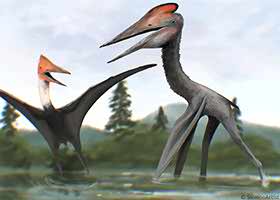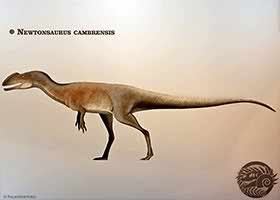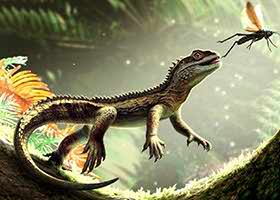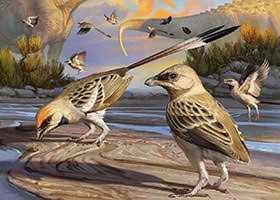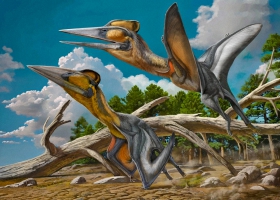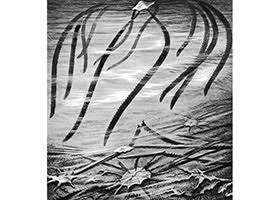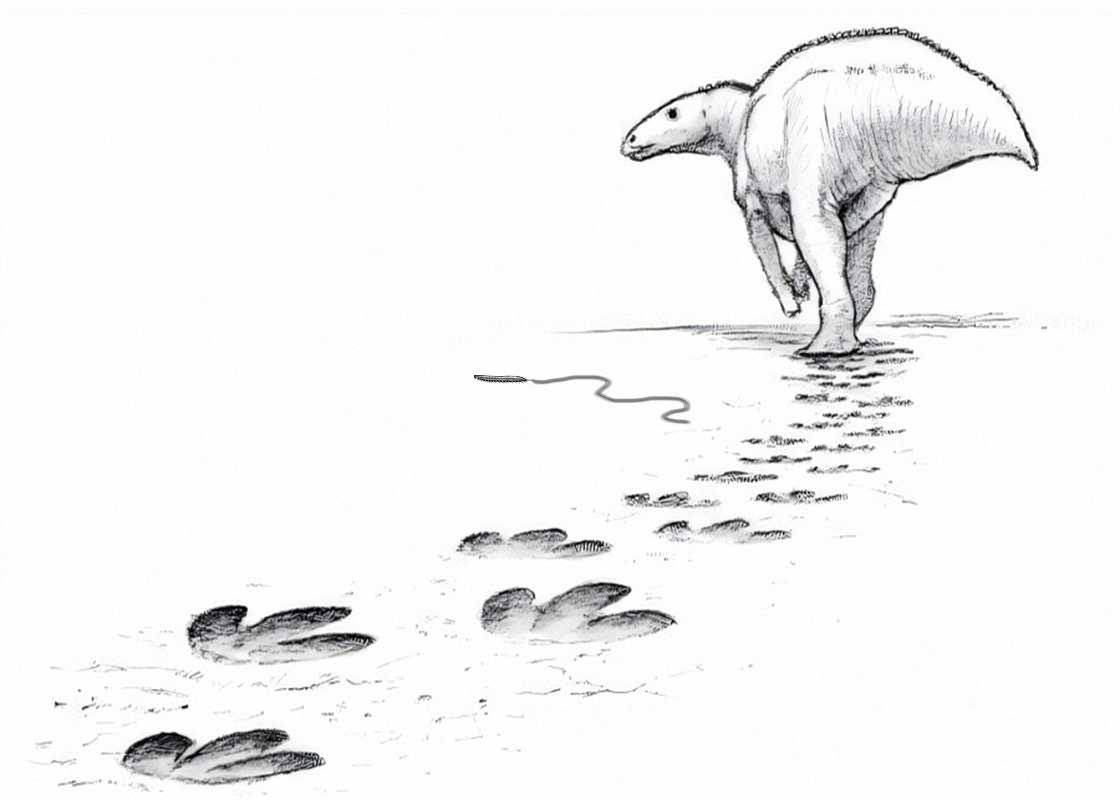
The classification of fossilized traces allows us to understand many features of ancient life and the environment in which it existed. In addition to ethological classification, which interprets the behavior of organisms from the traces they left behind, scientists use toponomic and morphological classification to provide a more detailed description of these structures. Furthermore, these additional systems not only help identify the organisms that created the traces but also allow researchers to reconstruct past environmental conditions and analyze the processes that led to fossil preservation.
Toponomic Classification of Trace Fossils
In ichnology, paleontologists base the toponomic classification of trace fossils on the relationship of the traces to the surrounding sedimentary layers and their original orientation. As a result, this classification characterizes preservation processes and provides information mainly about the characteristics of the sedimentary processes—specifically, when and where fossilization occurred. It also considers the position of the trace within the studied rock strata.
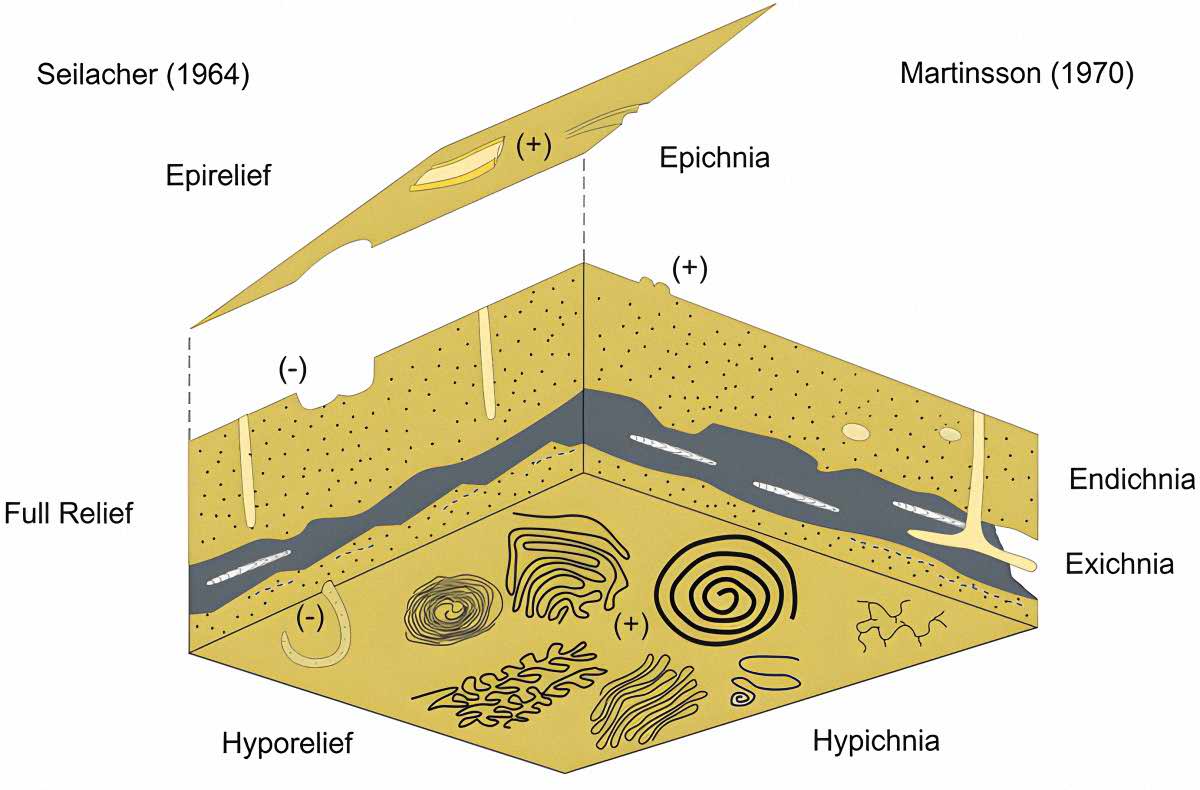
Martinsson. Epichnial: Structures at the upper surface of casting strata; Hypichnial: lower surface. Grooves are negative relief; ridges are positive. Endichnial: within casting medium; Exichnial: outside casting medium.
Since paleontologists describe the orientation by comparing the layers and the sediment structure, they also refer to it as stratinomy (sometimes written as stratonomy). The toponomic classification is less concerned with the trace-making organisms and more with the processes of preservation.
Therefore, the relationships established in stratinomic classification are limited in number and provide information mainly about the characteristics of sedimentary processes, as well as the timing and location of fossilization.
Martinsson’s Toponomic Classification of Trace Fossils
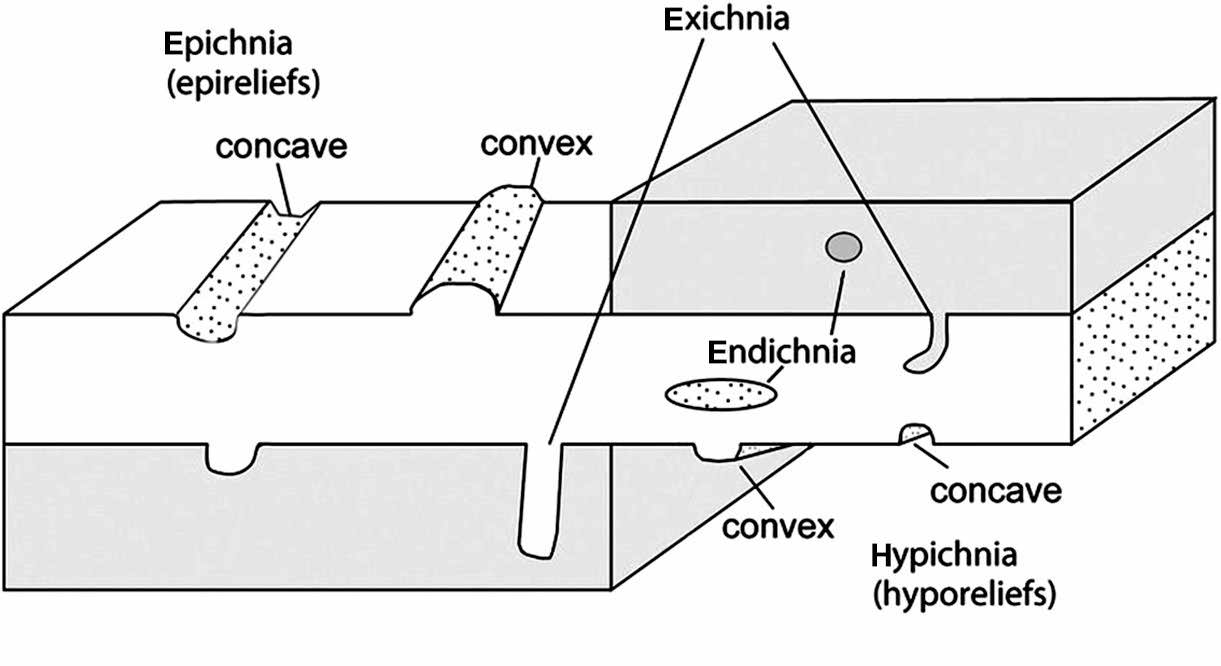
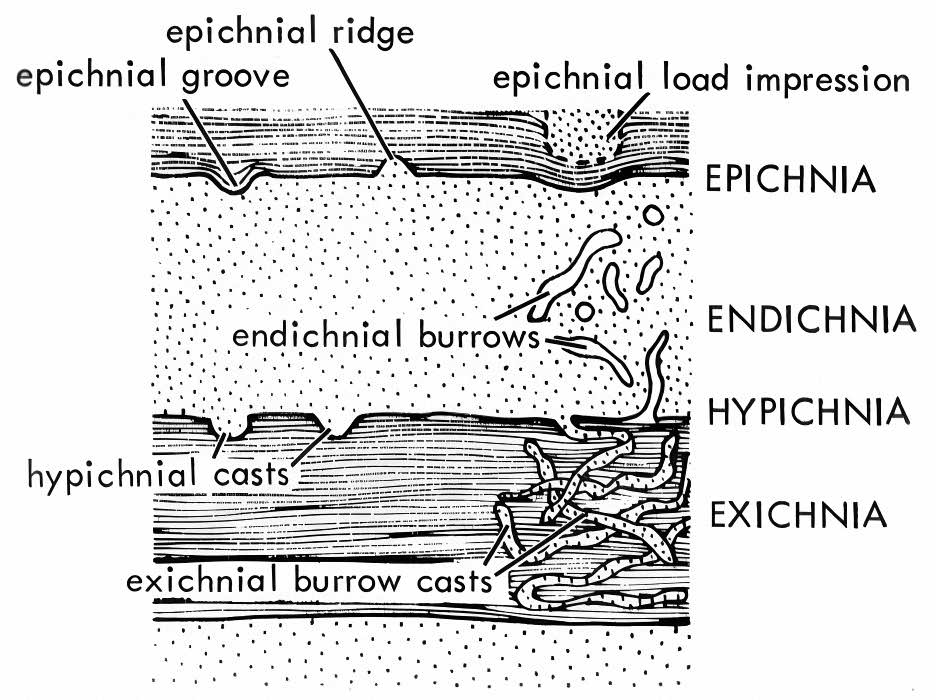
One of the most widely accepted systems for the toponomic classification of trace fossils was introduced by Martinsson in 19702 and later refined by Svarda in 2007. This method divides ichnofossils into four groups based on their spatial relationship to the surrounding sedimentary environment.
Endichnia
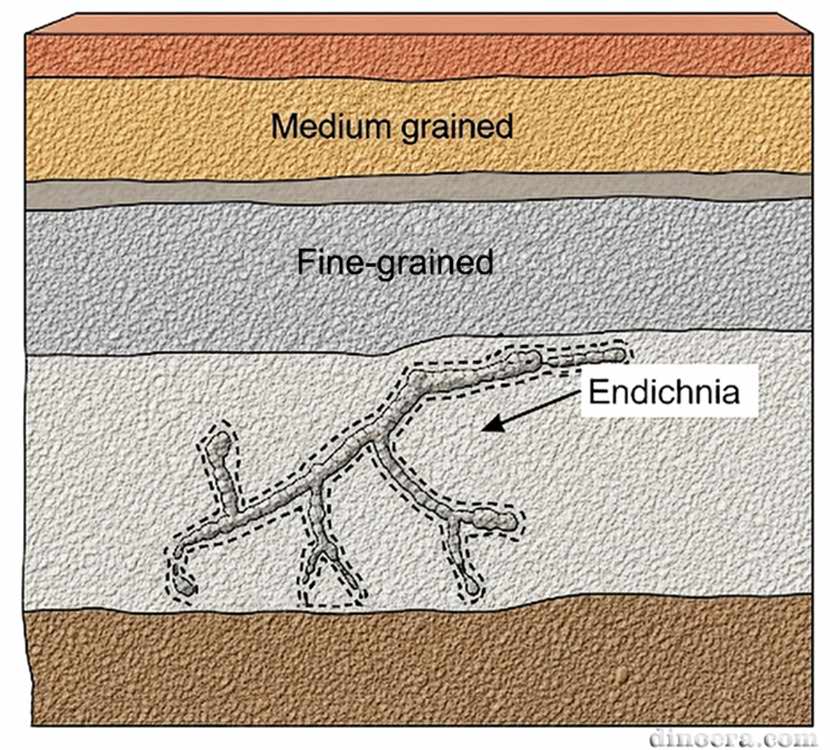
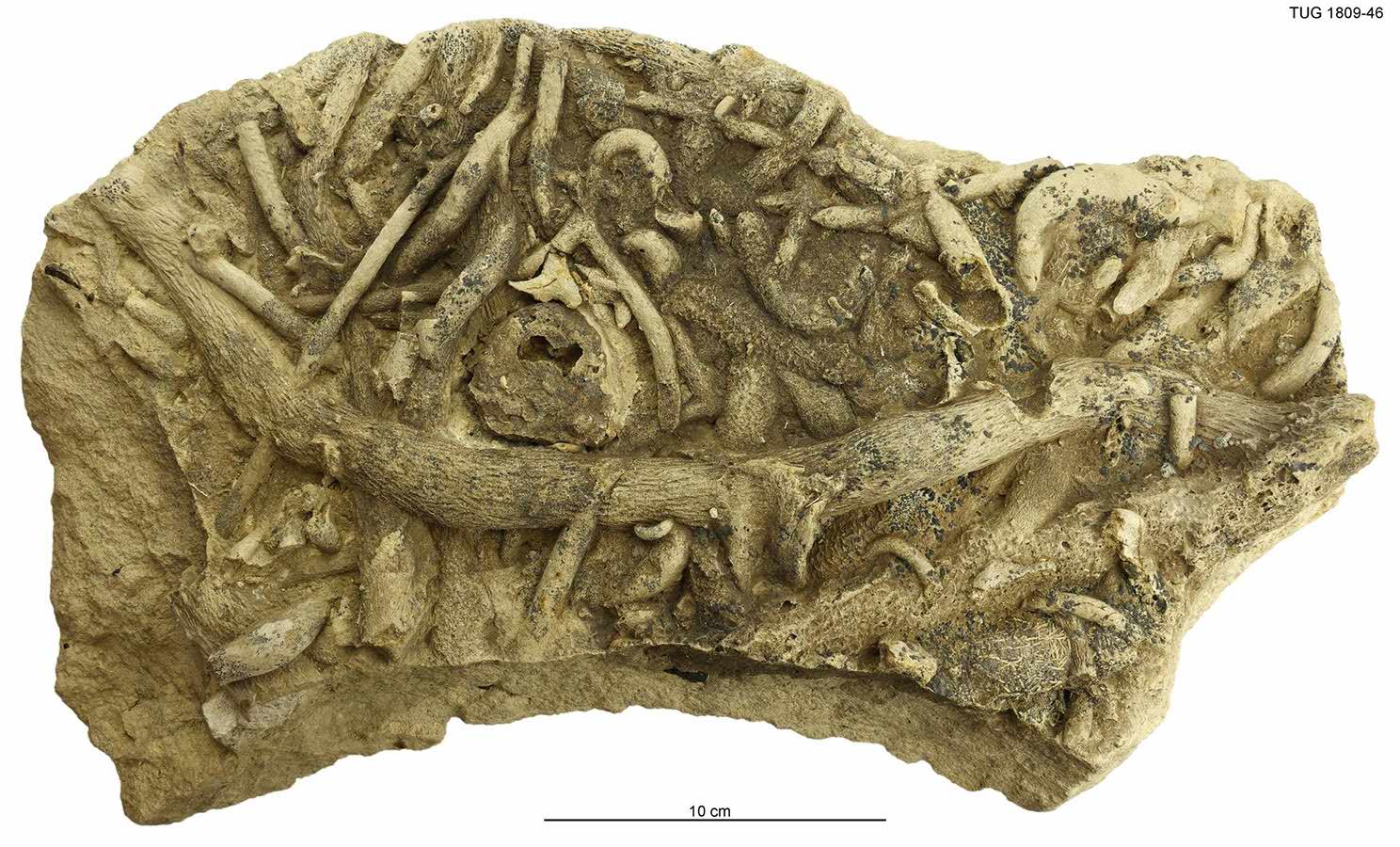
Endichnia are internal burrows and tunnels that are entirely within a sediment layer (endogenous). Consequently, only an infaunal (burrowing) organism could have created them. In contrast, unlike traces left on the surface (like footprints), endichnia provide a complete, three-dimensional picture of how an organism moved through the substrate.
Endichnia represent a frequently occurring category of trace fossils, standing out as one of the most commonly observed types in the fossil record. Furthermore, the relief of these traces is complete.
Examples: Ancorichnus, Chondrites, Ophiomorpha, Palaeophycus, Parahaentzschelinia, Phycodes, Rhizocorallium, Skolithos, Spongeliomorpha, Teichichnus, Thalassinoides, and Zoophycos.
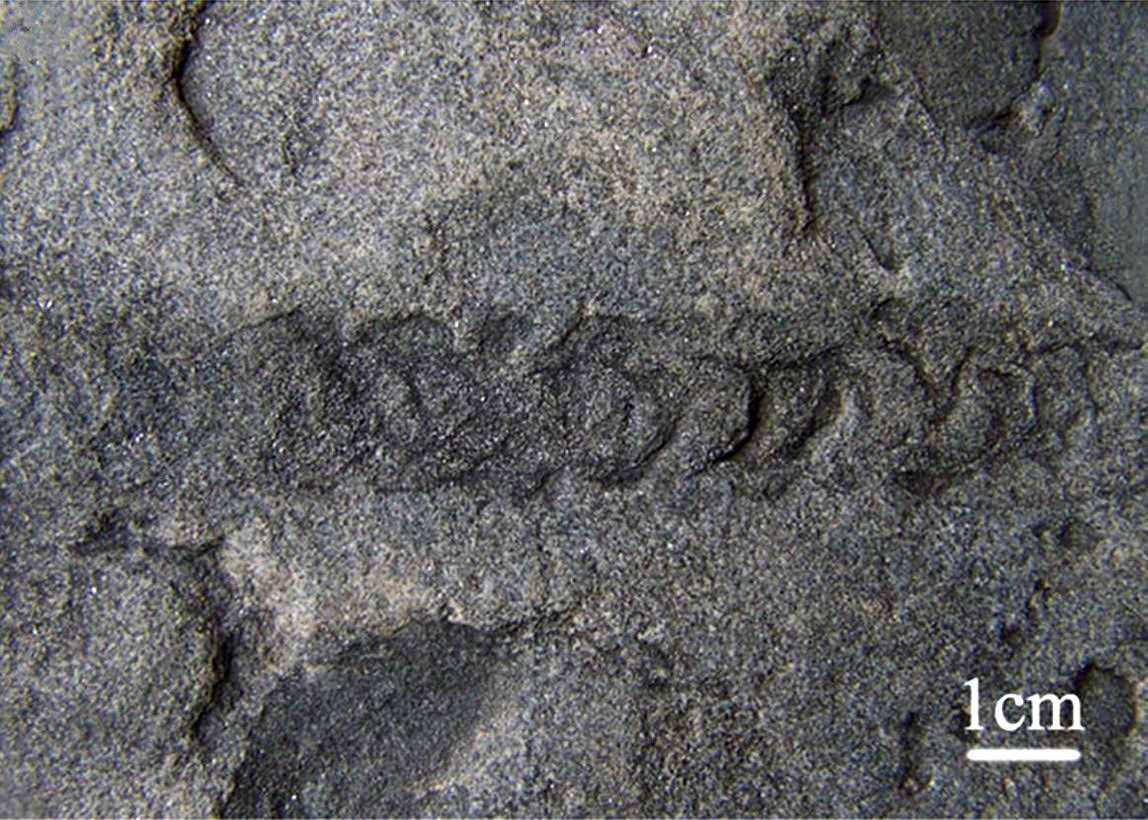
Ancorichnus is a type of fossil burrow. These burrows are unbranched, winding, cylindrical tunnels that run horizontally or at a slight incline. The surface of the tunnel has faint ring-shaped marks.
The burrows are about 17 mm wide, and the surrounding mantle (or wall) is 3 to 4 mm thick. The distance between the internal crescent-shaped layers (menisci) is approximately 2–3 mm. Moreover, the burrow’s path is slightly wavy, and its core is a bit darker than the outer layer.
A soft-bodied organism, such as a worm (priapulids or sipunculids) or a beetle larva, likely made these traces. Importantly, the presence of the mantle is a key feature that distinguishes Ancorichnus from other similar fossil burrows, such as Beaconites.
Crossichnia
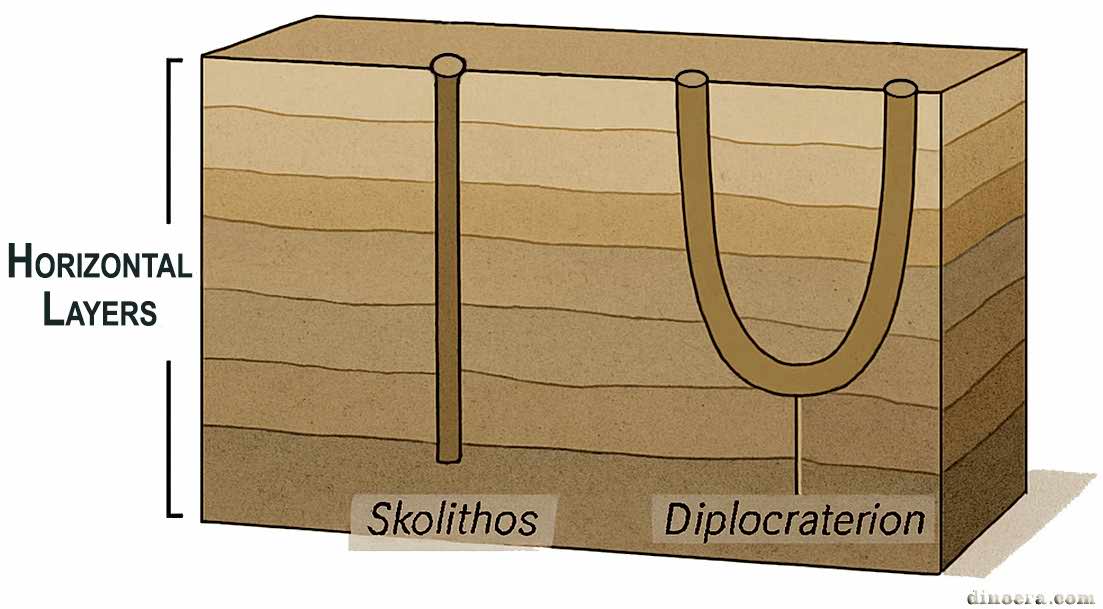
Crossichnia is a general ichnological term referring to the intersection of organismal activity traces. Such intersections may be either horizontal (on a single surface) or vertical (burrows or tunnels crossing each other through sediment layers).
Modern ichnology applies the term across multiple contexts:
Behavioral aspect. According to Uchman (1995) and Wetzel & Uchman (1997), crossichnia may refer to traces left by multi-layer colonizers—organisms that dig burrows through several sedimentary layers. These traces typically exhibit a uniform distribution in cross-section and remain insensitive to lithological changes. For instance, examples include vertical burrows of the Skolithos or Diplocraterion type, which often penetrate multiple layers regardless of their composition.
Ichnotaphonomic aspect. By contrast, Monaco & Checconi (2008) applied the term in a more restricted sense, referring specifically to vertical burrows that penetrate one or several sediment layers. In this context, crossichnia becomes more of a morphological category, akin to “penetrative structures.” This includes, for instance, large U-shaped burrows (Thalassinoides, Macaronichnus) when they cross stratigraphic boundaries.
Thus, crossichnia is not a distinct category but rather a descriptive characteristic that may apply to both Endichnia and Exichnia. Accordingly, it can denote either the general phenomenon of trace intersection or a specific type of vertical burrow—making the term useful but context-dependent in its application.
Epichnia
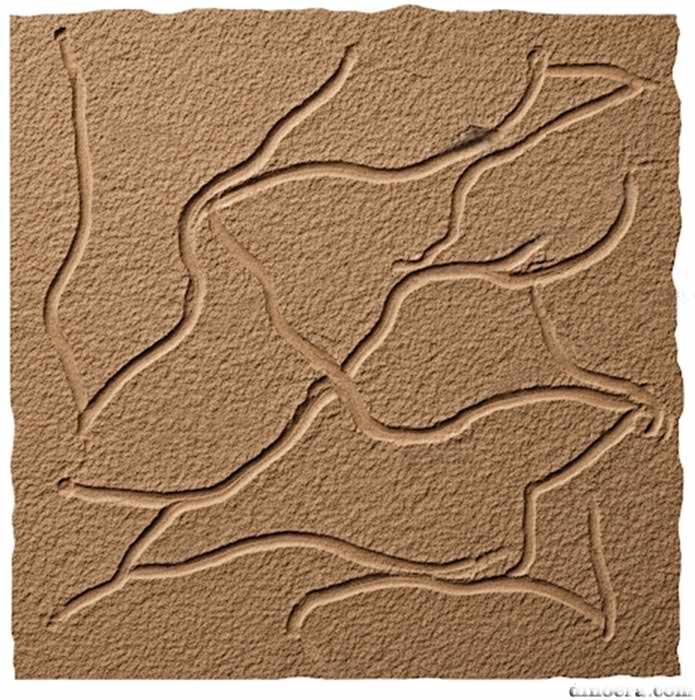
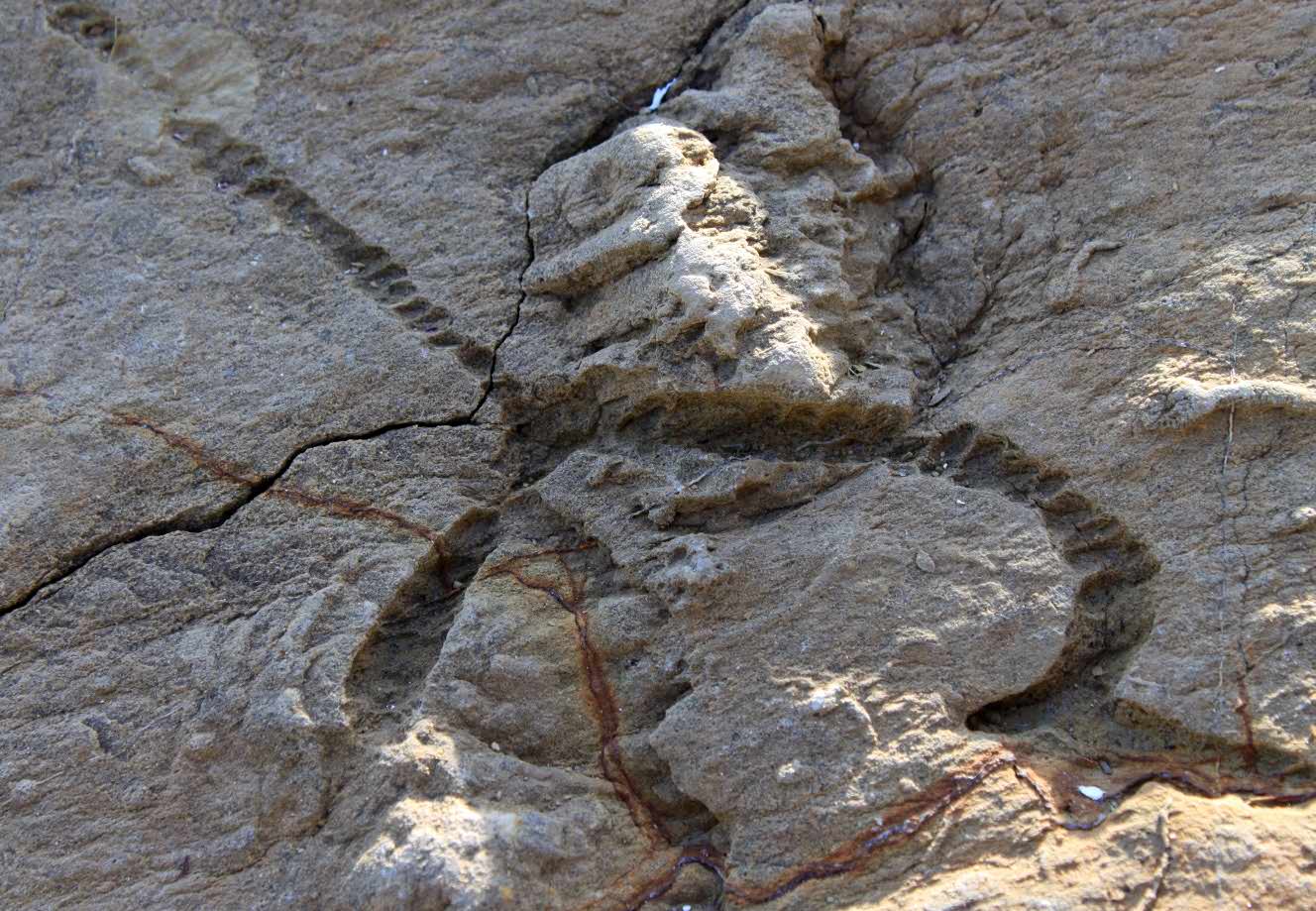
Epichnia are trace fossils found on the surface of original sedimentary layers and typically represent molds. These may include grooves, ridges, or other patterns left by organisms that crawled or moved across the surface of the ancient seafloor. Furthermore, epichnia may also encompass infaunal burrows that erosion later revealed at the surface. A new layer of sediment either filled these traces, or they simply hardened and preserved where they were.
Examples: Archaeonassa, Aulichnites, Circulichnus, Gyrochorte, Gyrophyllites, Helminthopsis, Protovirgularia, and Nereites.
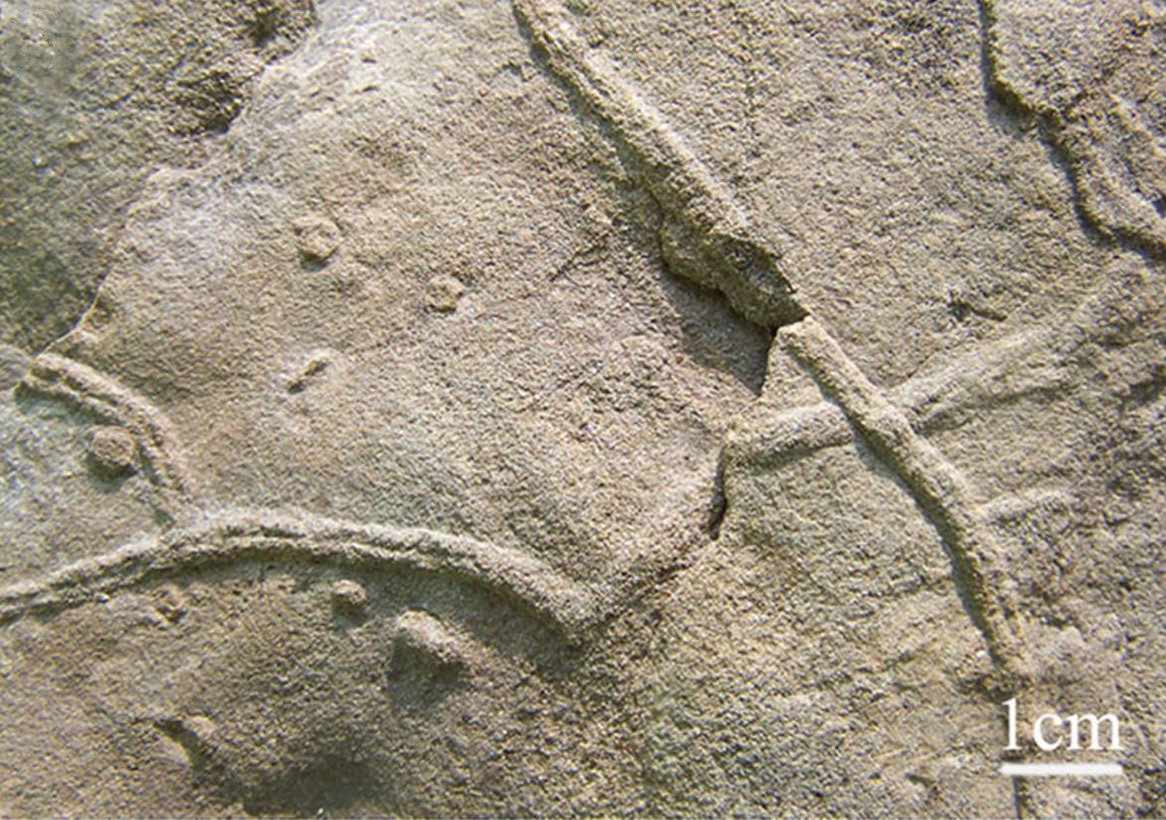
Archaeonassa is a simple, unbranched trace that may be straight or slightly curved, often deeper at one end. Typically, it occurs on the surface of ancient deposits and typically appears as two symmetrical grooves (ridges) separated by a central furrow. The lateral convex ridges may be smooth or ornamented with oblique or transverse striations. Fine-grained sandstone usually preserves it as a positive epirelief.
The trace width ranges from 6 to 16 mm. Organisms such as arthropods or mollusks likely created it on the floor of a water body through feeding activity, known as pascichnia. Sea urchins moving across or just beneath the sediment surface can also create these traces.
These traces occur in marine and transitional deposits, as well as in fluvial floodplain sediments, ranging from the Cambrian to the present.
Exichnia
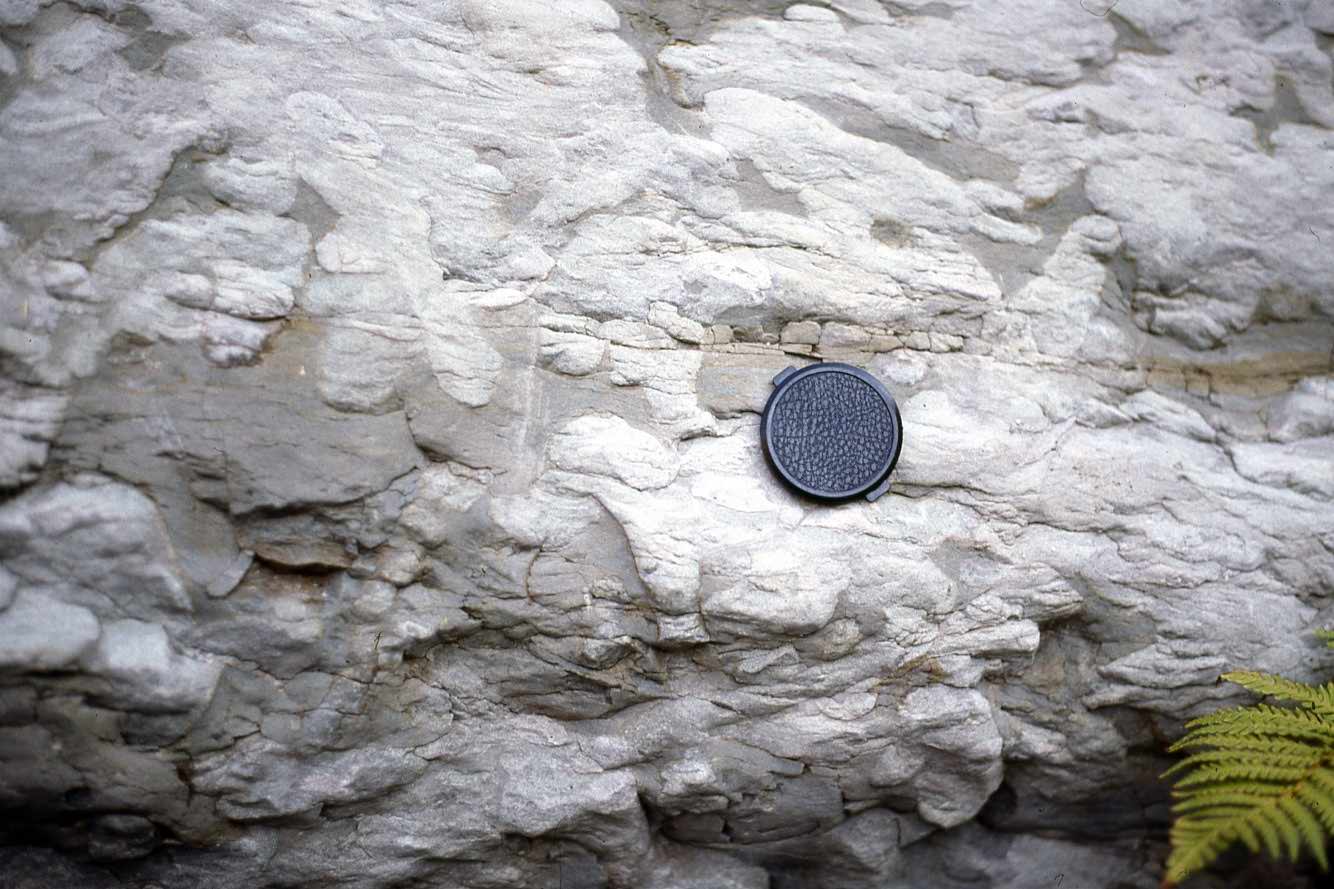
Exichnia are biogenic textures preserved in complete or incomplete relief—concave, convex, positive, or negative—formed on the sediment surface and associated with bedding planes.
This group includes traces filled with material compositionally distinct from the surrounding sediment. Such traces may result from active infill by the organism or from erosion followed by redeposition of foreign sediment. Exichnia are located outside the main sediment body where bioturbation took place.
In other words, these traces are casts or molds from a more resistant material than the one they originally formed in. For example, an animal burrows into soft mud, and sand from the layer above eventually fills the tunnel. After compaction, the sand-filled burrow stands out against the surrounding mud. Exichnia is usually clearly visible due to contrasting lithology.
For instance, common ichnogenera frequently preserved as exichnia include Aulichnites, Cruziana, Dimetichnus, Diplichnites, Diplocraterion, Helminthopsis, Ophiomorpha, Rhizocorallium, and Thalassinoides.
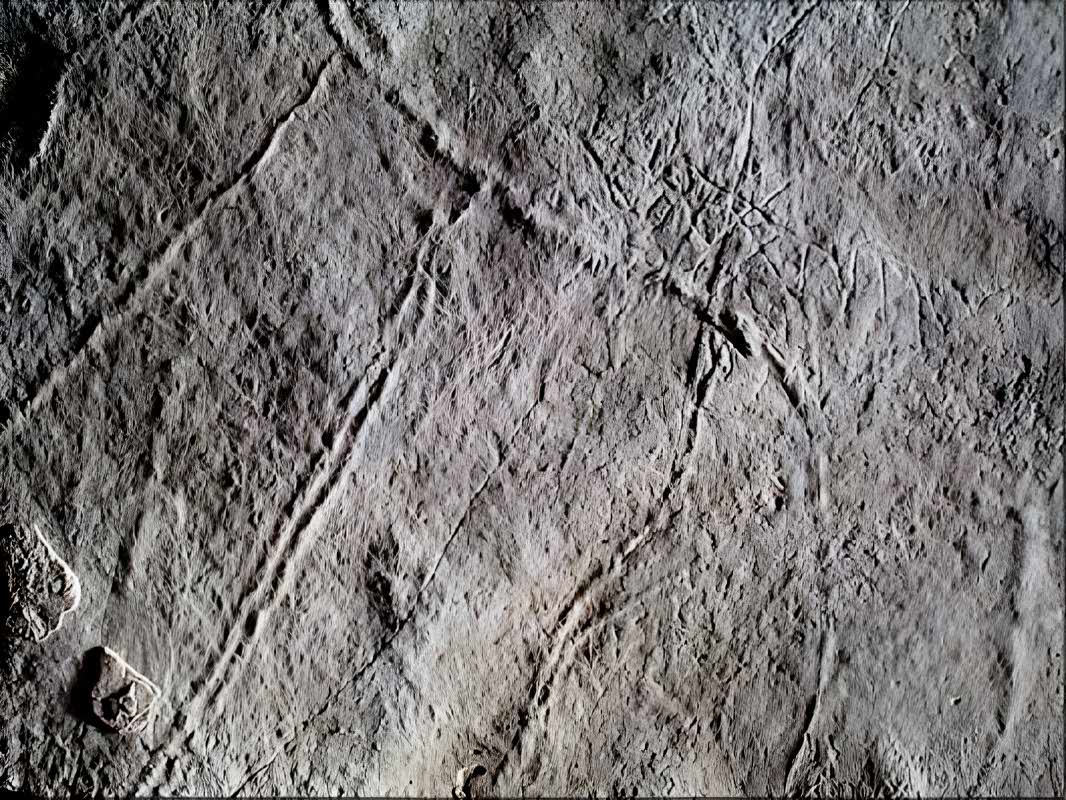
Aulichnites are simple, shallow, linear grazing traces frequently found on the surface of sedimentary layers. They may be variably sinuous, arcuate, or straight but are always unbranched and bilobate, with a distinctive narrow central furrow.
Also, these traces typically form convex ridges with a bilobate upper surface. In some cases, they appear unilobate, with a convex lower surface—where the lateral edges of the upper and lower surfaces intersect. The upper part of the trace may exhibit transverse concavo-convex striations, and a central groove always separates the lobes. As a rule, the traces do not intersect one another.
Researchers identify Aulichnites as crawling and grazing traces left by gastropod mollusks or other similarly moving animals. A notable example is a Mortichnia from the Czech Republic, where an Aulichnites trace terminates in a preserved articulated specimen of the chiton Proleptochiton.3
These traces occur in a wide range of paleoenvironmental settings—from shallow-water zones (deltas, lower shoreface, and tidal flats) to deep-water flysch deposits, including brackish and fluvial continental environments. Temporal range: from the Ediacaran to the present.
Hypichnia
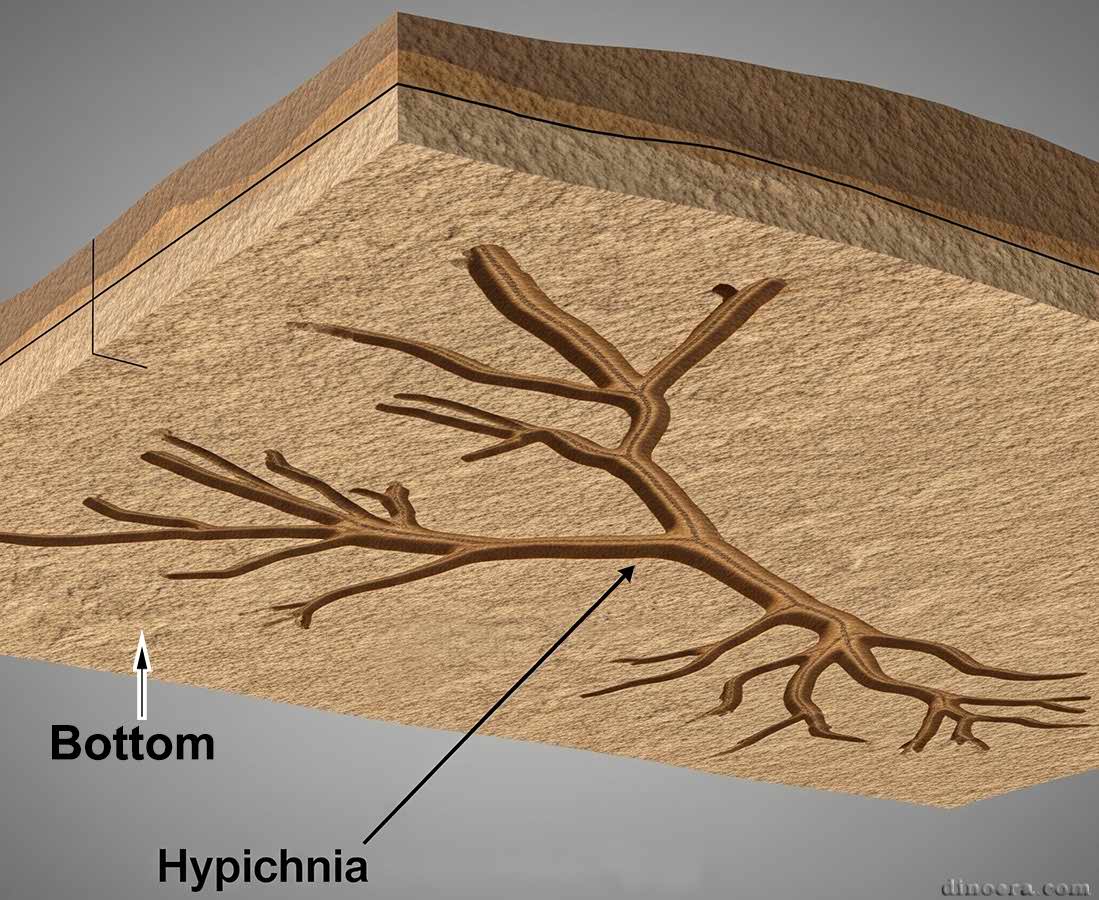
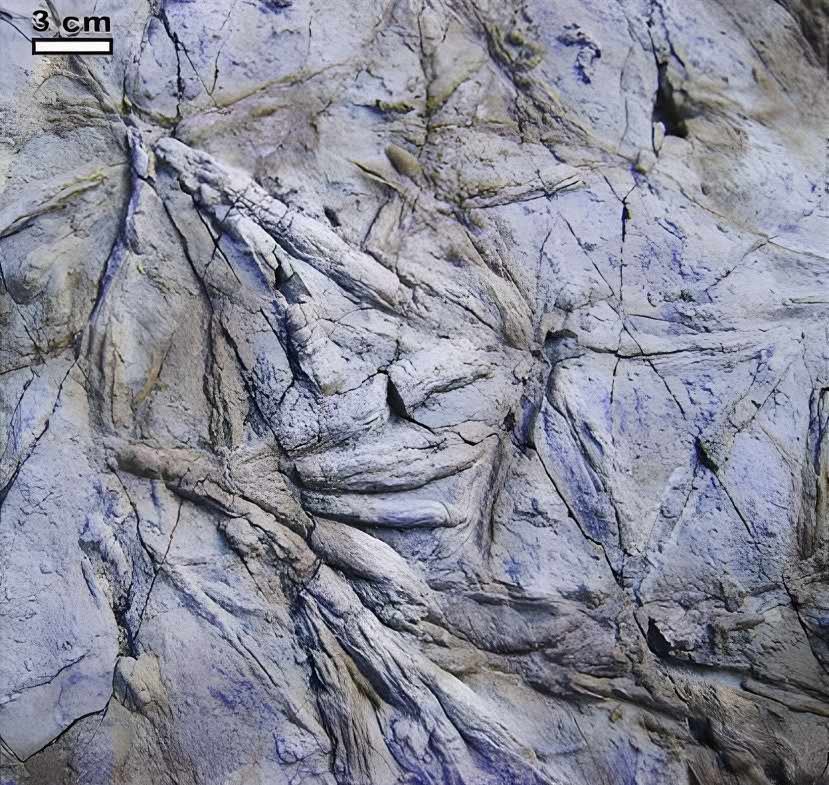
Hypichnia are biogenic textures (traces of organismal activity) found on the soles of sedimentary beds, typically at their boundary with underlying strata. Put simply, they are impressions of tracks, burrows, trails, or other traces left by animals on the surface of soft sediment. Then, a new layer of deposit covered and preserved them.
Consequently, these impressions remained at the boundary between two sediment layers, and once erosion or other processes removed the upper layer, the biological reliefs emerged on the surface of the lower bed. For this reason, hypichnia can take on a wide variety of forms—from simple lines and dots to complex, branching structures such as ridges and grooves, preserved in positive or negative semi-relief (convex or concave).
Examples: Acanthorhaphe, Bergaueria, Desmograpton, Furculosus, Gordia, Halopoa Helminthoidichnites, Helminthorhaphe, Megagrapton, Palaeodictyon, Scolicia, and Taphrhelminthopsis.
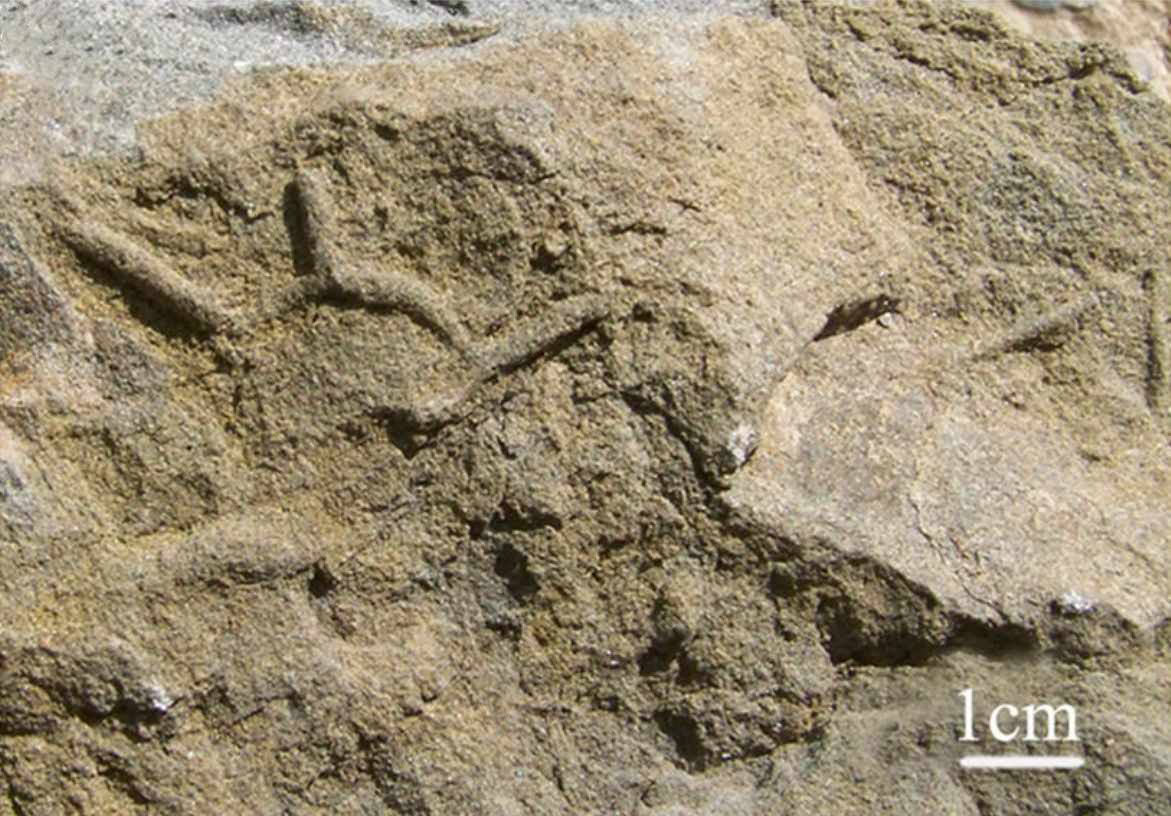
Acanthorhaphe consists of small, arcuate filaments with a uniform diameter of approximately 1.5 mm and a length of 10–20 mm. Notably, short, spine-like projections cover their outer, convex surface. These filaments lack straight segments, instead forming semicircular, irregular curves, and they persist in the rock record as hypichnial burrows.
Scientists believe that the organisms responsible for these traces either cultivated microbes or built structures that acted as microbial traps. These traces most commonly occur at the base of slopes, such as in deep-water turbidites (flysch deposits). Temporal range: from the Silurian (as reported by Gong Yiming) to the Eocene.
Seilacher’s Toponomic Classification of Trace Fossils
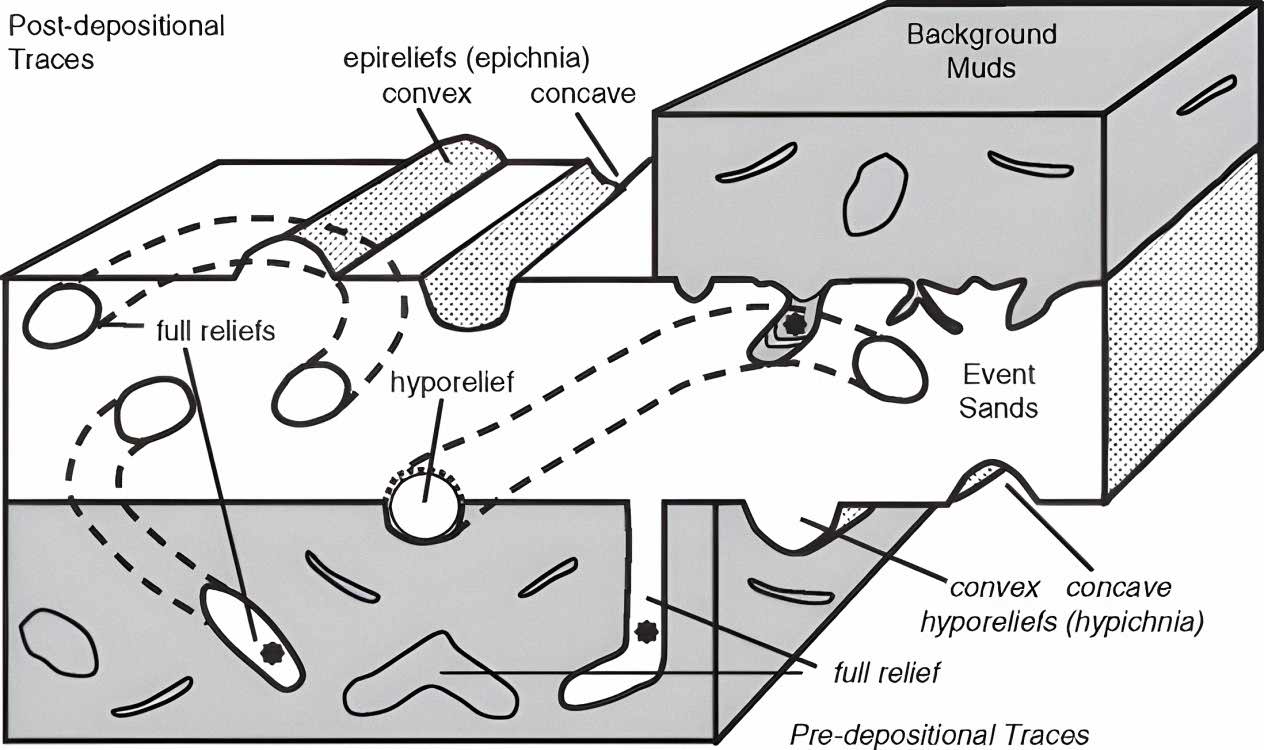
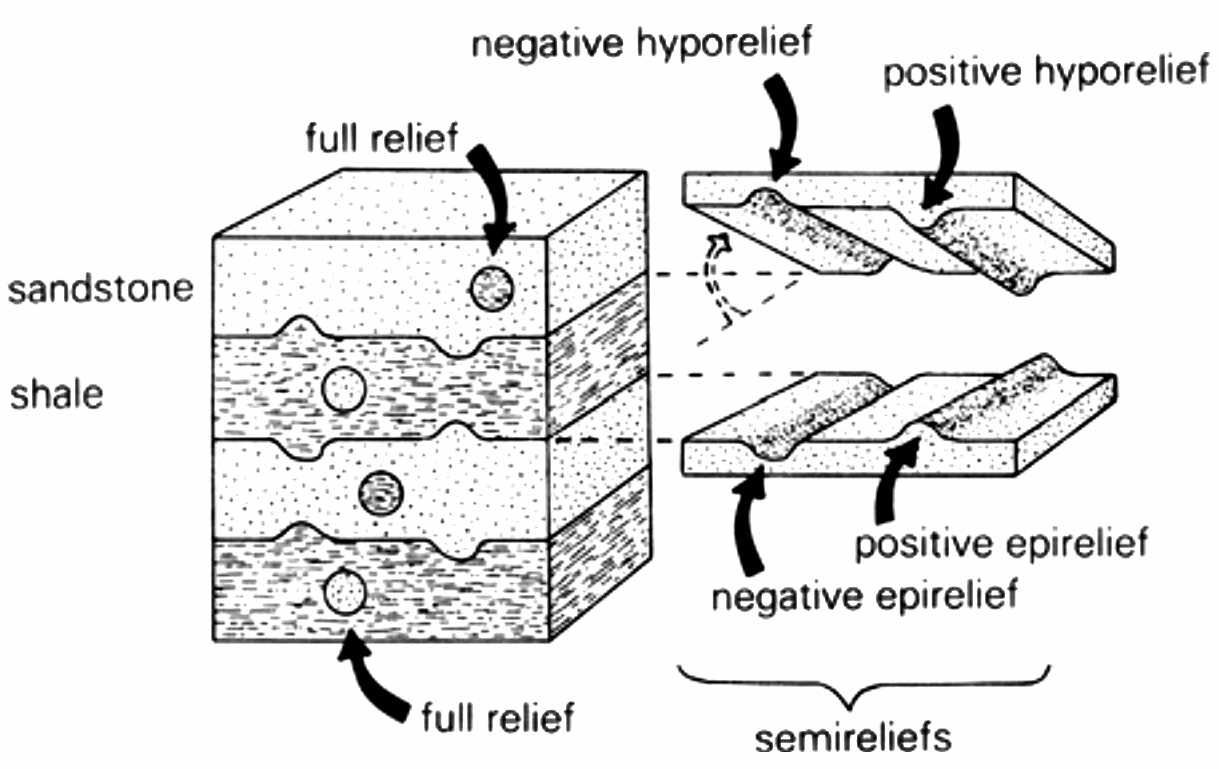
Seilacher’s approach to the toponomic classification of fossil traces focuses on how fossil traces relate to the sediments that contain them and their surfaces. He first proposed this system in 1953 and modified it in 1964. Seilacher created one of the most detailed frameworks among toponomic classifications.
Full Relief
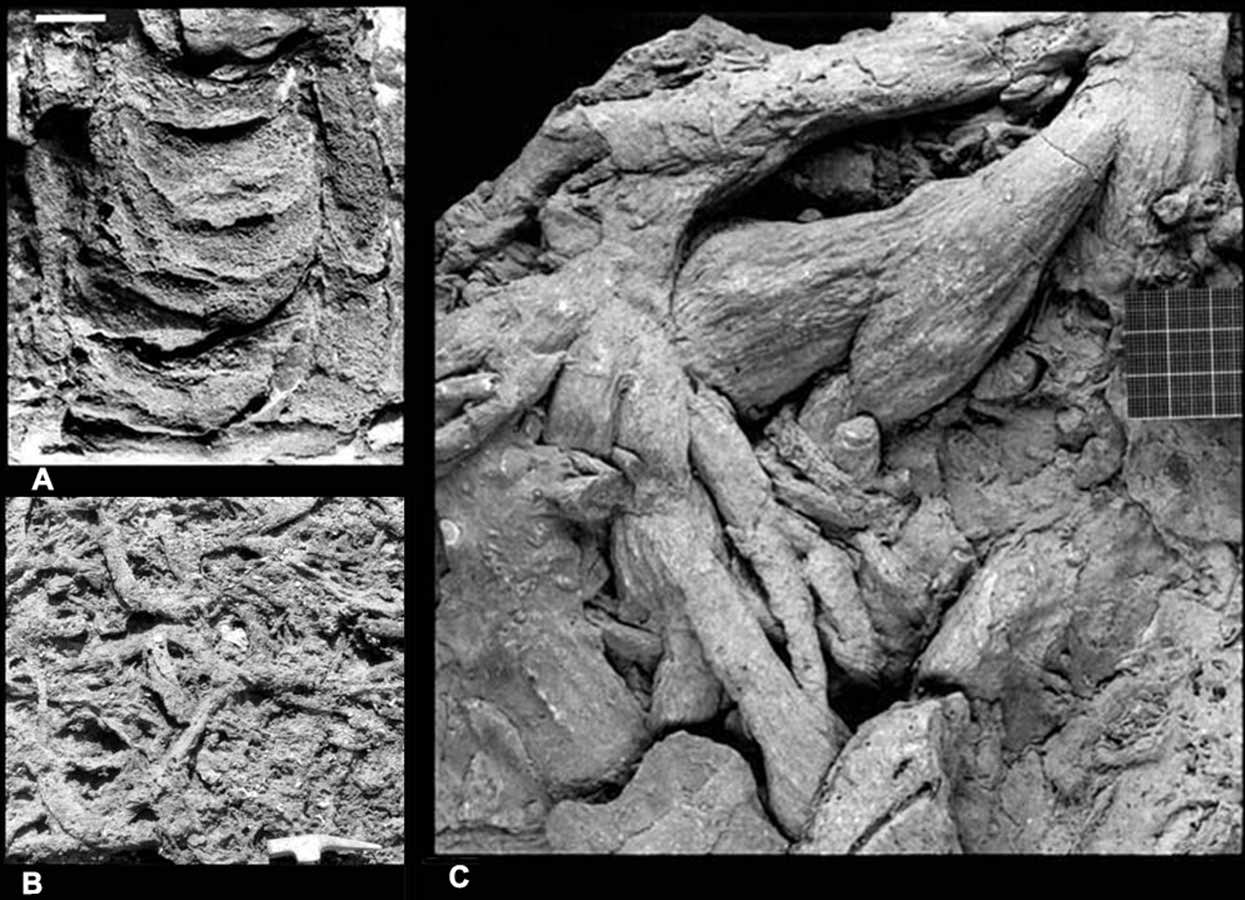
Full relief refers to ichnofossils that lie entirely within a sedimentary bed, where the surrounding sediment completely encloses them. Thus, this category includes both endichnial burrows and exichnial burrows.
In the case of full relief, the trace preserves both its lower and upper surfaces. The trace features two main filling types: one contains sediment identical to the surrounding matrix, while the other holds different material. Alternatively, they may also appear as voids, representing open burrows.
Such traces can be produced only by infaunal organisms—those that lived within the substrate.
Semirelief
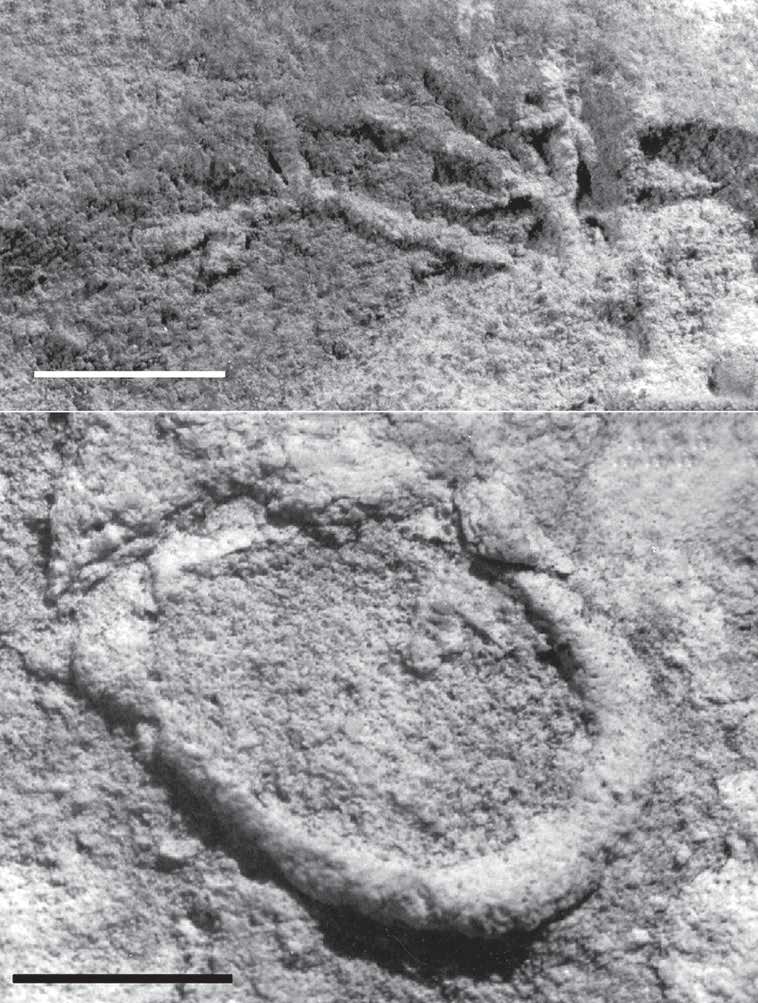
Semirelief refers to incomplete relief—trace fossils preserved at the boundary between two sedimentary layers. Therefore, these ichnofossils are either truncated by the bedding surface or form directly upon it. In semirelief preservation, the trace only retains one of its surfaces. This is because erosion may destroy the other, or it may never exist if the trace initially forms on the substrate surface. Semireliefs can be either concave or convex.
In turn, semireliefs split into two subcategories: boundary reliefs and cleavage reliefs.
Boundary reliefs: traces formed directly at the boundary between two layers. These, in effect, reflect sediment reworking by organisms at the upper or lower boundary immediately prior to preservation.
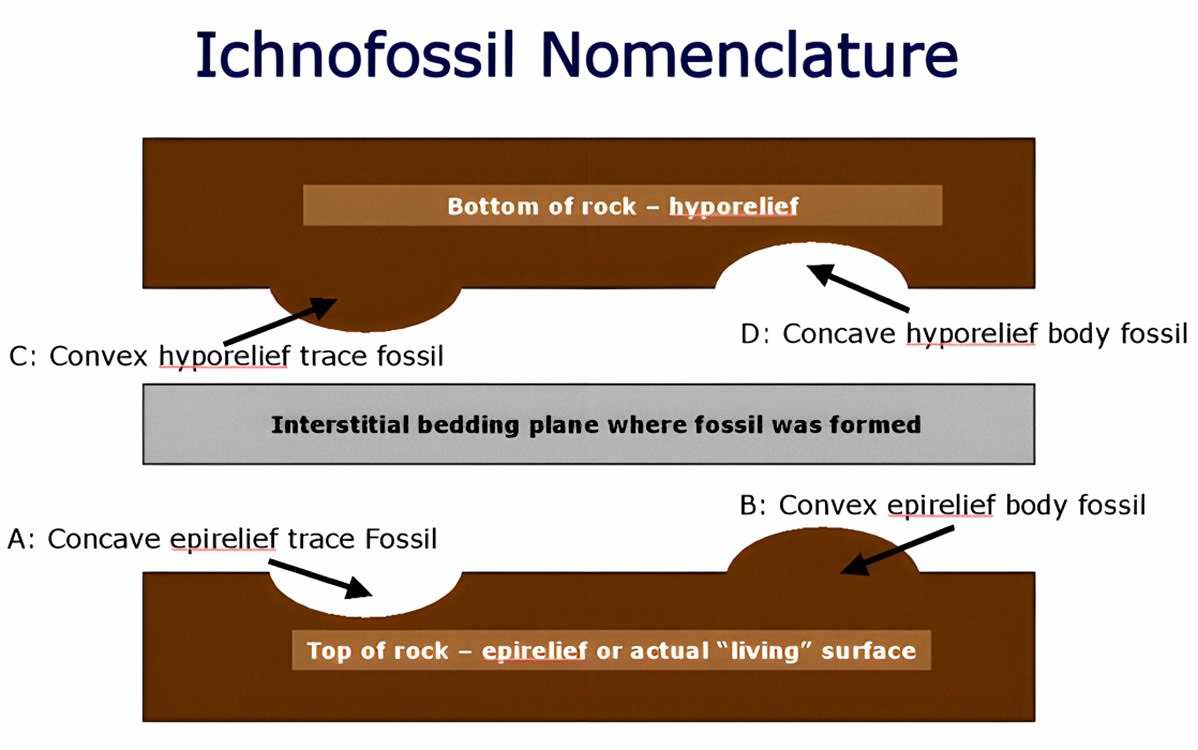
Epirelief
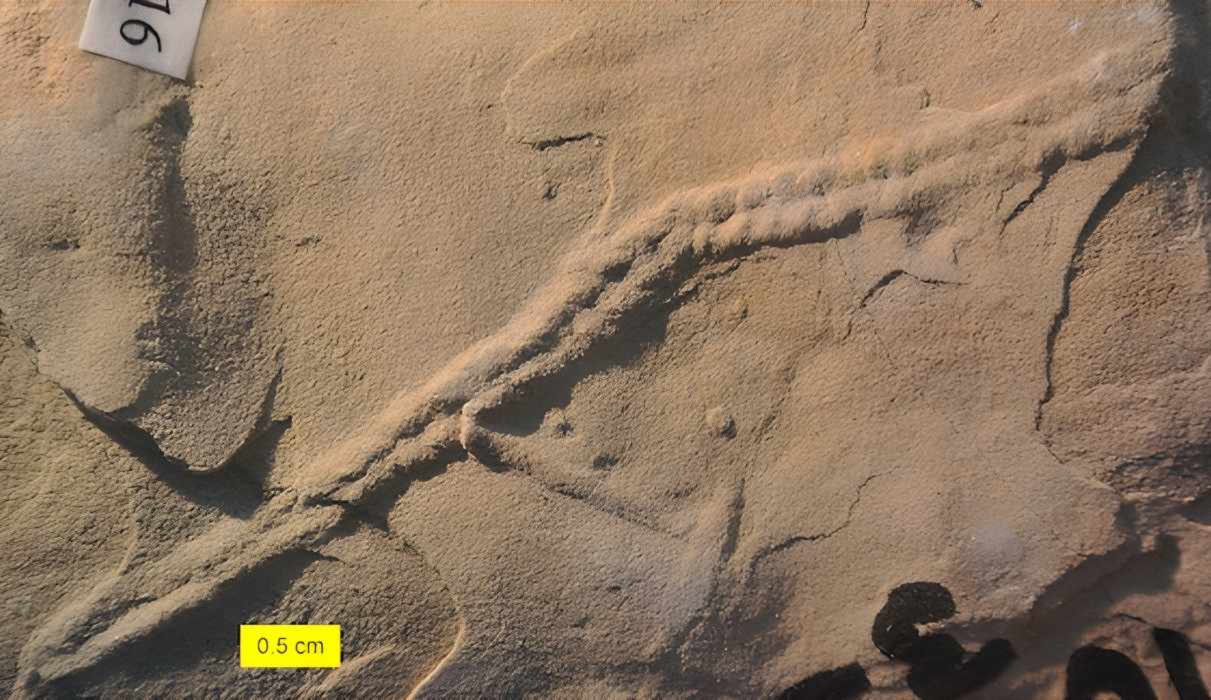
Epirelief refers to a type of boundary relief located on the upper surface of the substrate. It may appear as either a concave positive feature (epichnial ridge) or a convex negative feature (epichnial groove).
Hyporelief
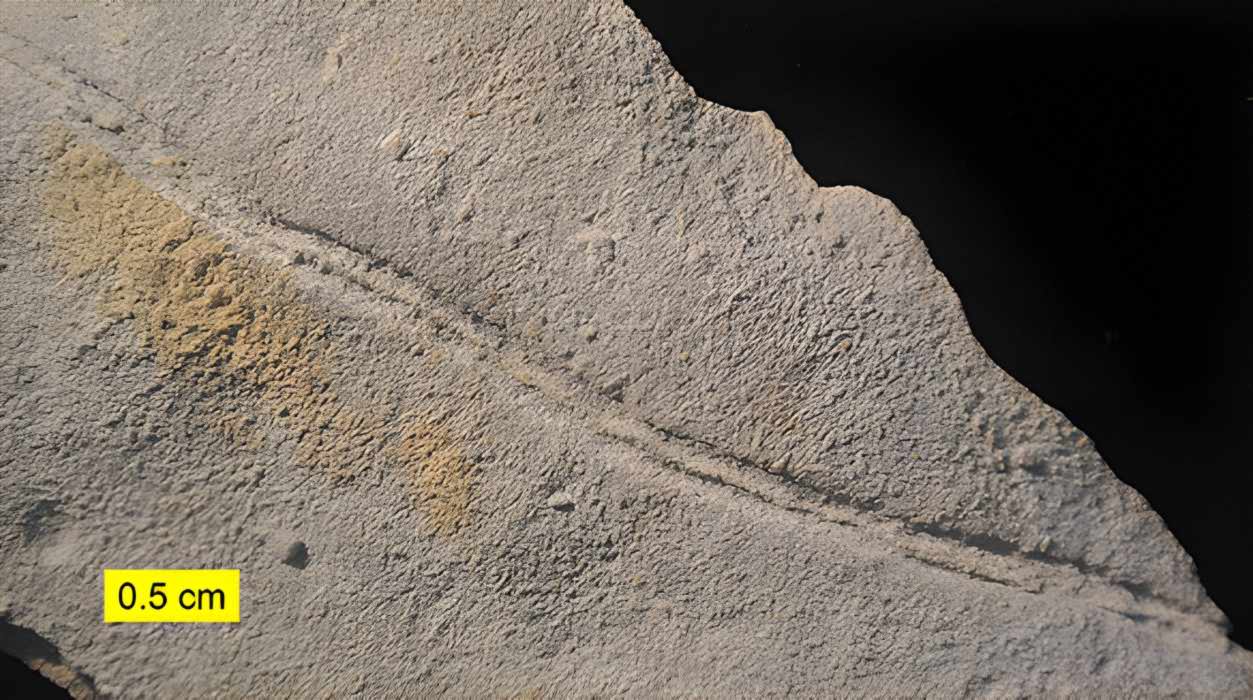
Hyporelief refers to a type of boundary relief located on the lower surface (sole) of a sedimentary stratum. Similarly, it may appear as either a convex positive feature (hypichnial ridge) or a concave negative feature (hypichnial groove cast).
Cleavage Relief
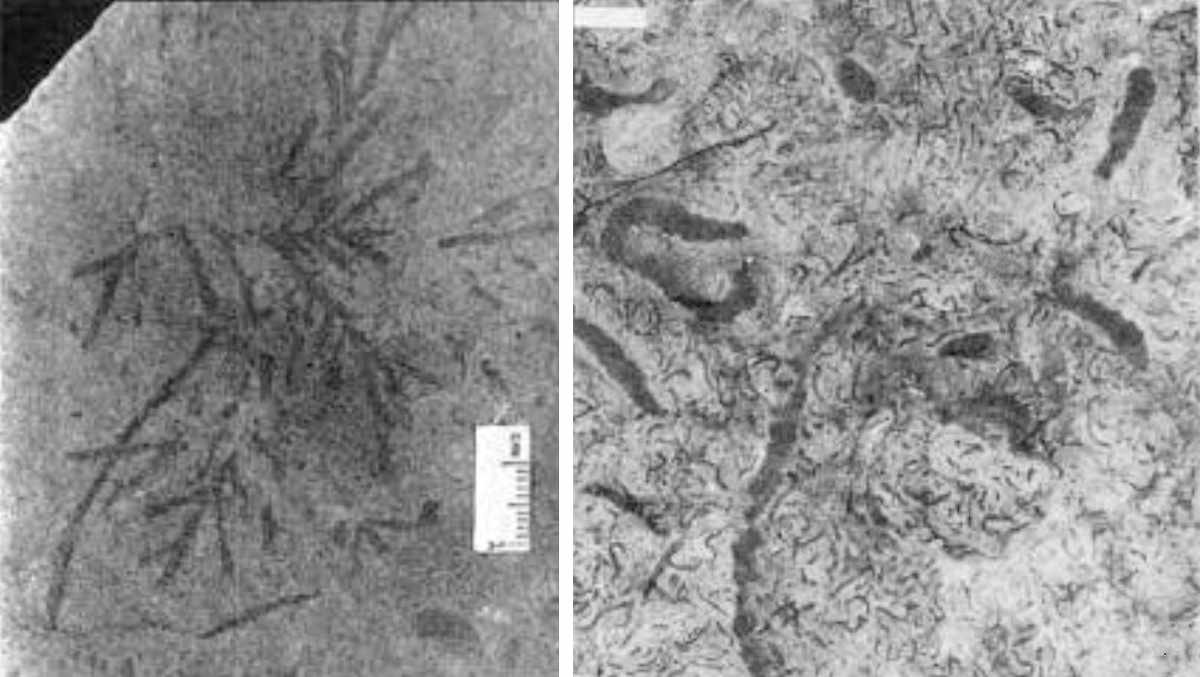
Cleavage relief refers to a type of relief typically found in thinly laminated sediments, resulting from the compression or deformation caused by walking traces or other types of biogenic marks. In essence, it represents a three-dimensional expression of a trace, showing how it distorted the underlying (subsurface) sediment layers.
Furthermore, this relief appears when both the part and counterpart of a trace occur together—that is, when the two layers that enclosed the trace split apart. Consequently, one layer will display a convex relief, while the other shows its mirror-image concave counterpart.
Cleavage relief differs from standard trace fossils in that it reveals not only the outline of the trace but also the internal deformation structure caused by the organism’s weight.
Therefore, researchers sometimes use the term “cleavage relief” to indicate that the trace occurs along a bedding plane.
The Filling of Trace Cavities
In addition to these descriptive toponomic classes, Seilacher also introduced three terms that characterize the modes of filling trace cavities.
For example, active filling occurs when an animal moves forward through its primary burrow while simultaneously filling it with material that has passed through its digestive tract—at the same speed as it moves.
By contrast, if a deposit fills the burrow because of sedimentation, it undergoes passive filling.
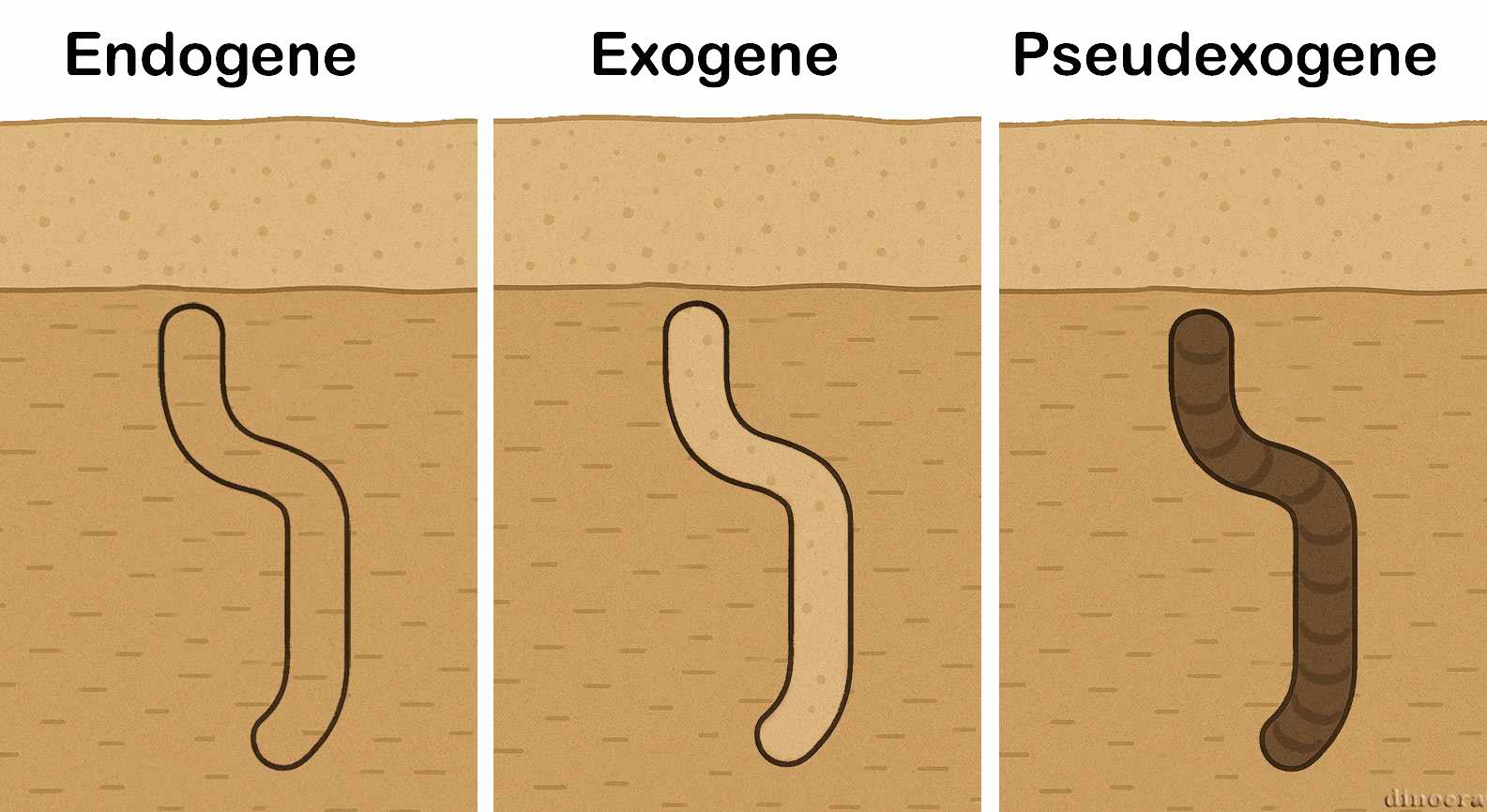
Filling Types:
Endogene. The trace fills with material originating from the surrounding sediment. For example, Neonereites burrows typically contain endogenic material.
Exogene. The fill material is compositionally different from the host sediment due to coverage by another deposit. Consequently, exogenic traces are common in neoichnology. They are usually diffuse and soft-edged in appearance.
Pseudexogene. The organism actively fills the trace cavity with material distinct from the surrounding sediment (for example, a burrow with a mud lining).
Alternative Toponomic Classifications of Trace Fossils
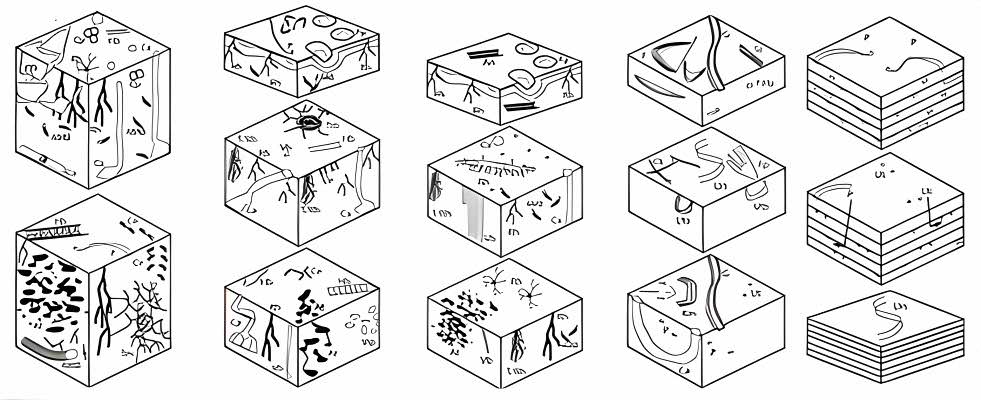
Alternative toponomic classifications of ichnofossils focus on different methods of grouping and interpreting fossil traces in order to emphasize specific features.
Simpson’s Classifications of Trace Fossils
Simpson (1957)4 proposed an alternative stratinomic classification, identifying four distinct categories into which all fossil traces can be placed based on the nature of their preservation and position relative to the surrounding sedimentary layers:
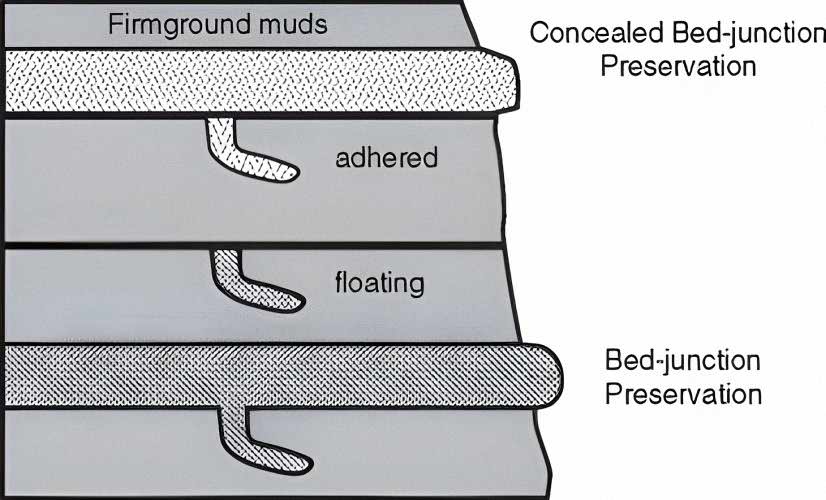
Bed junction preservation. This preservation type occurs when a trace fossil forms exactly at the boundary between two sediment layers—typically where different sediment types meet. Thus, the trace naturally preserves itself on the top or bottom surface of the rock layer. Afterward, when the rock later becomes exposed, the trace appears visible as an impression or a cast on the surface of the bedding plane.
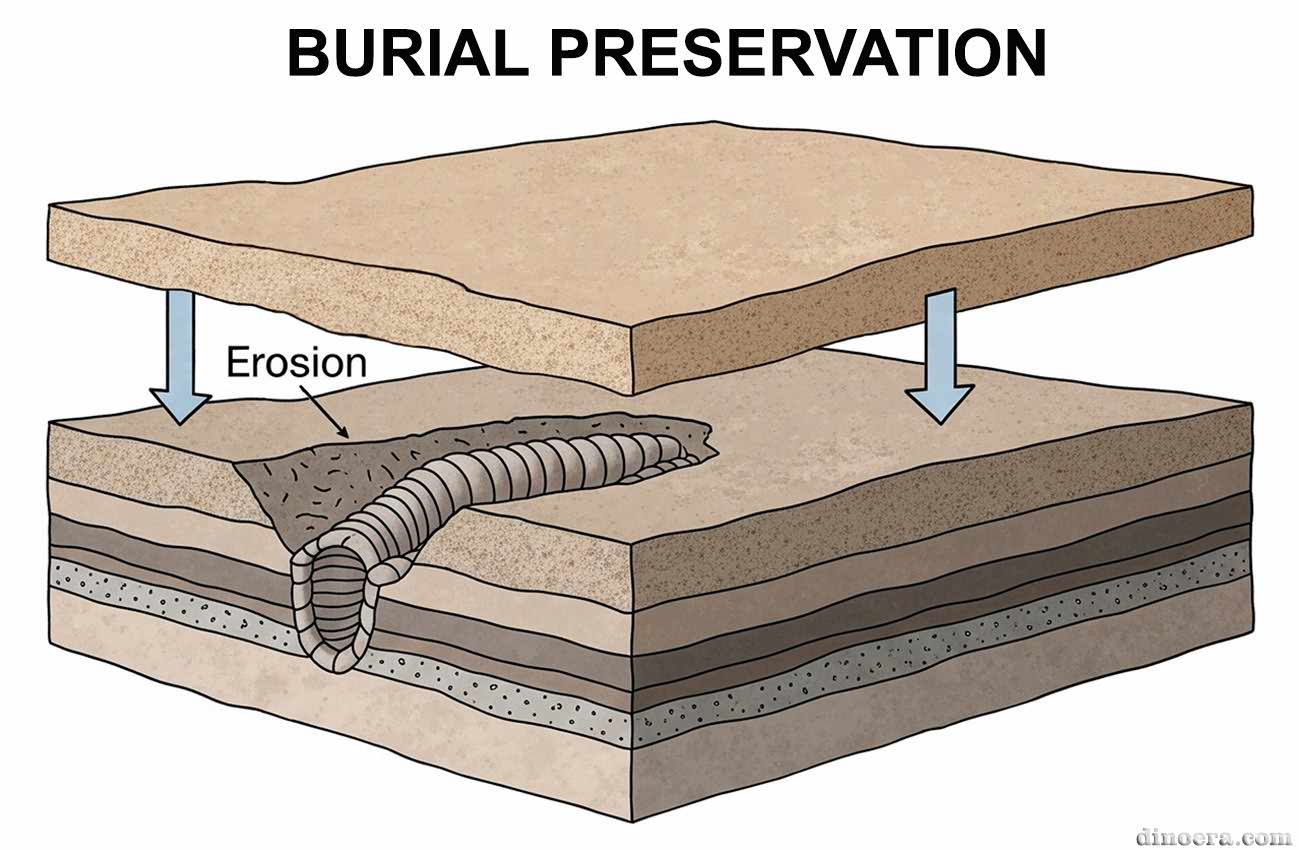
Burial preservation. By comparison, this type of preservation occurs when erosion exposes a sediment-filled trace, and subsequent sedimentation buries it again, protecting the structure within the new layer.
For example, after water currents or similar forces erode the surrounding, softer material, a burrow filled with sediment may become visible, leaving the filled structure on the surface. Later, new sediments cover it again, either of the same kind or of a different composition, ensuring the trace is preserved.
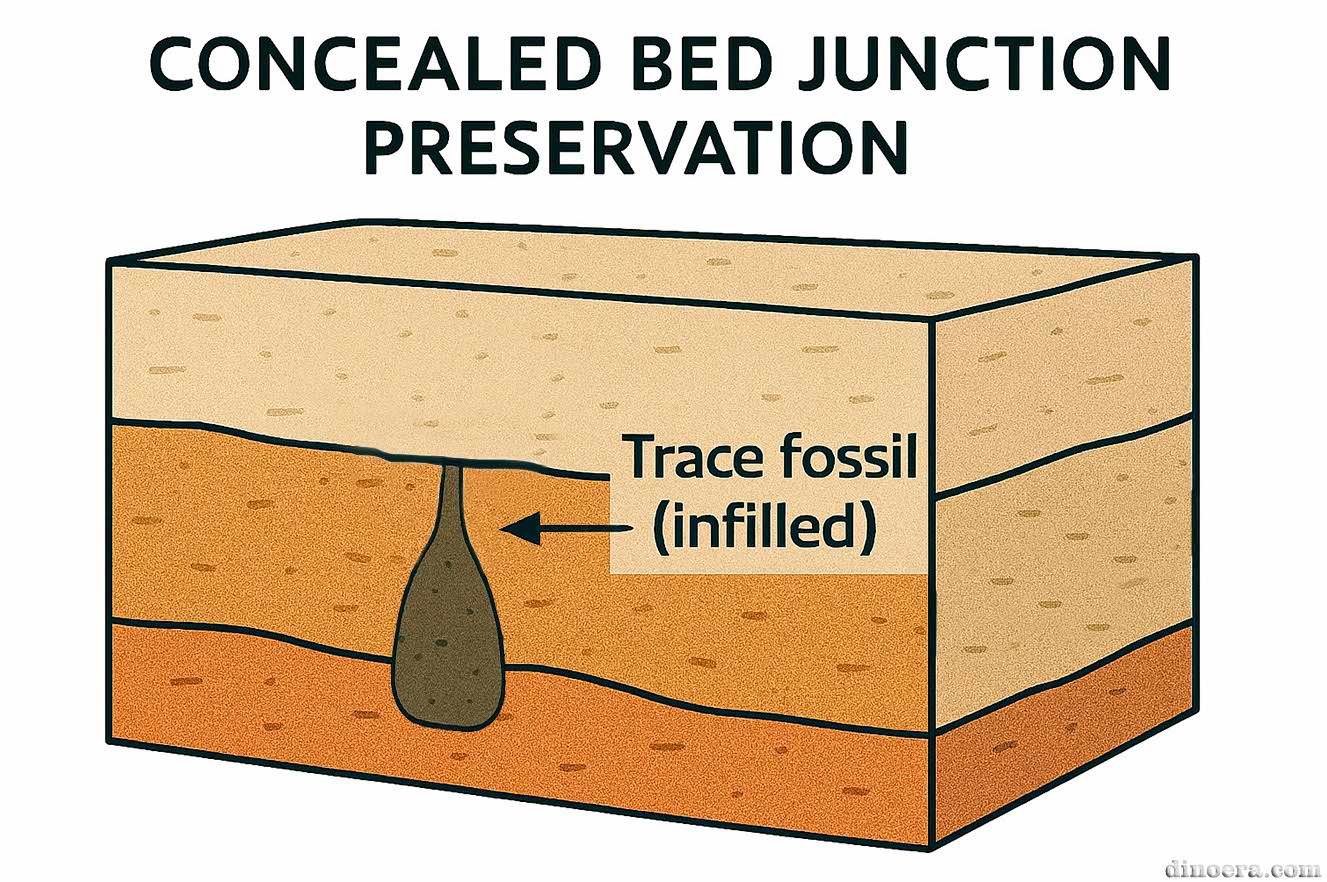
Concealed bed junction preservation occurs when deposits other than the layer in which the trace originated have filled that trace. Later, the original layer erodes, and material that does not correspond to the trace’s original environment fills the trace.
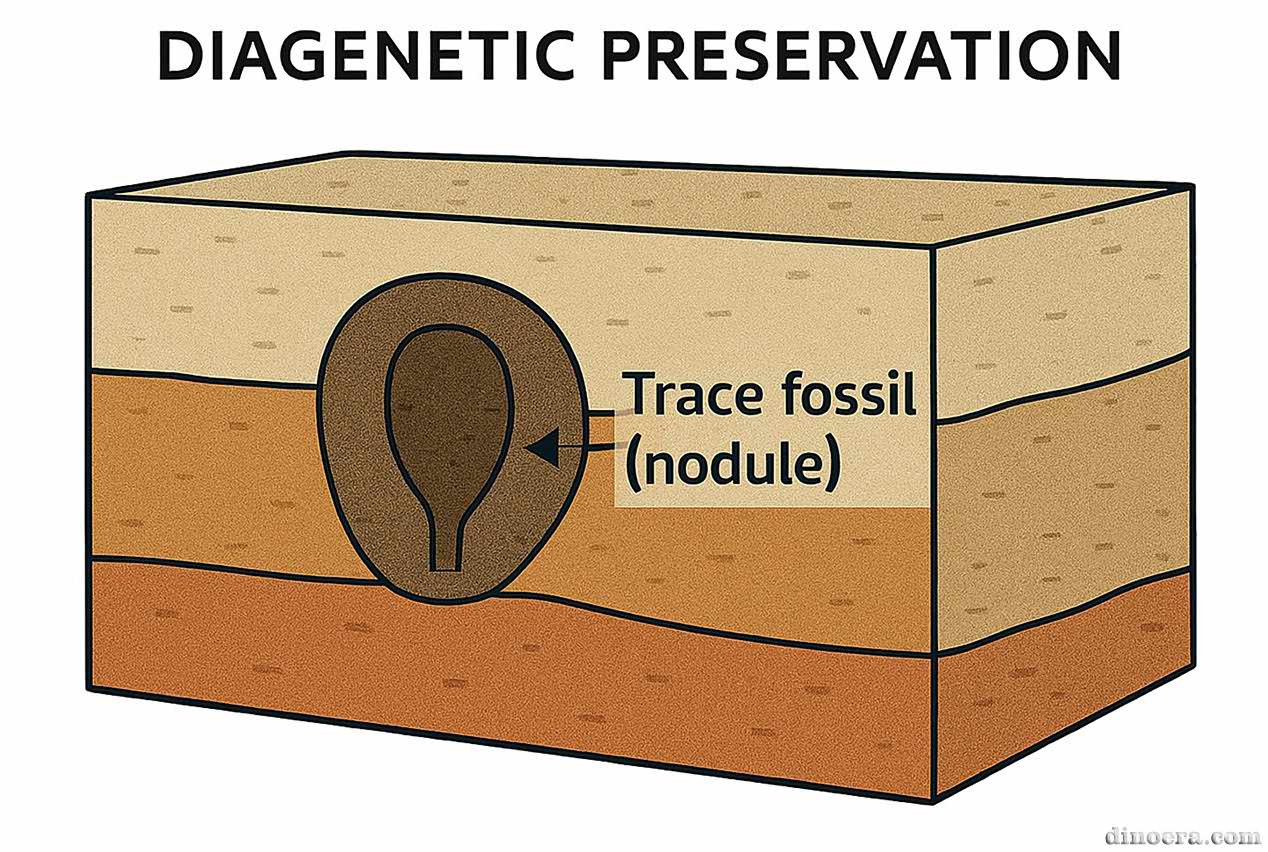
Diagenetic preservation. In this process, fossil traces form solid nodules before burial compacts the surrounding sediments. Early mineralization stabilizes the trace, allowing it to resist pressure and deformation as the sediment layers consolidate.
However, Simpson’s scheme appears less aesthetically refined, with poorer organization and greater ambiguity due to its openness to interpretation.
Chamberlain’s Toponomic Classification
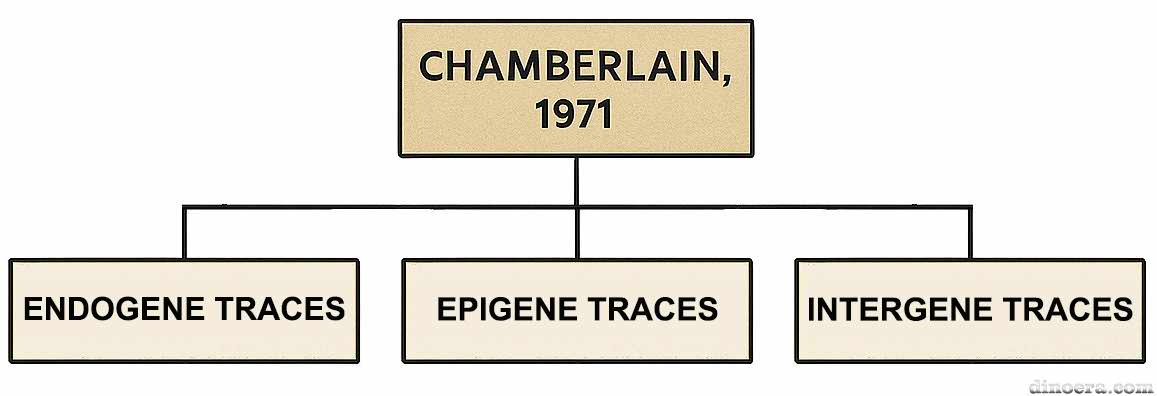
Chamberlain (1971)5 proposed several ideas regarding toponomic classification, partially echoing the work of his predecessors. In addition, his work also contributed to the development and recognition of the concept of ichnofacies, which are recurring associations of fossil traces associated with a particular sedimentary environment. In turn, he introduced a very simple framework that assigned traces to one of three categories:
1. Endogene traces (filling can be active or passive); 2. Epigene traces (traces on the upper surface of the deposit, then covered with a layer of another material); 3. Intergene traces (trace structures formed at the junction of two strata).
Thus, the classification schemes suggested by Simpson and Chamberlain represent attempts to systematize trace fossils based on preservation type, but they suffer from oversimplification and terminological vagueness.
Morphological Classification of Trace Fossils
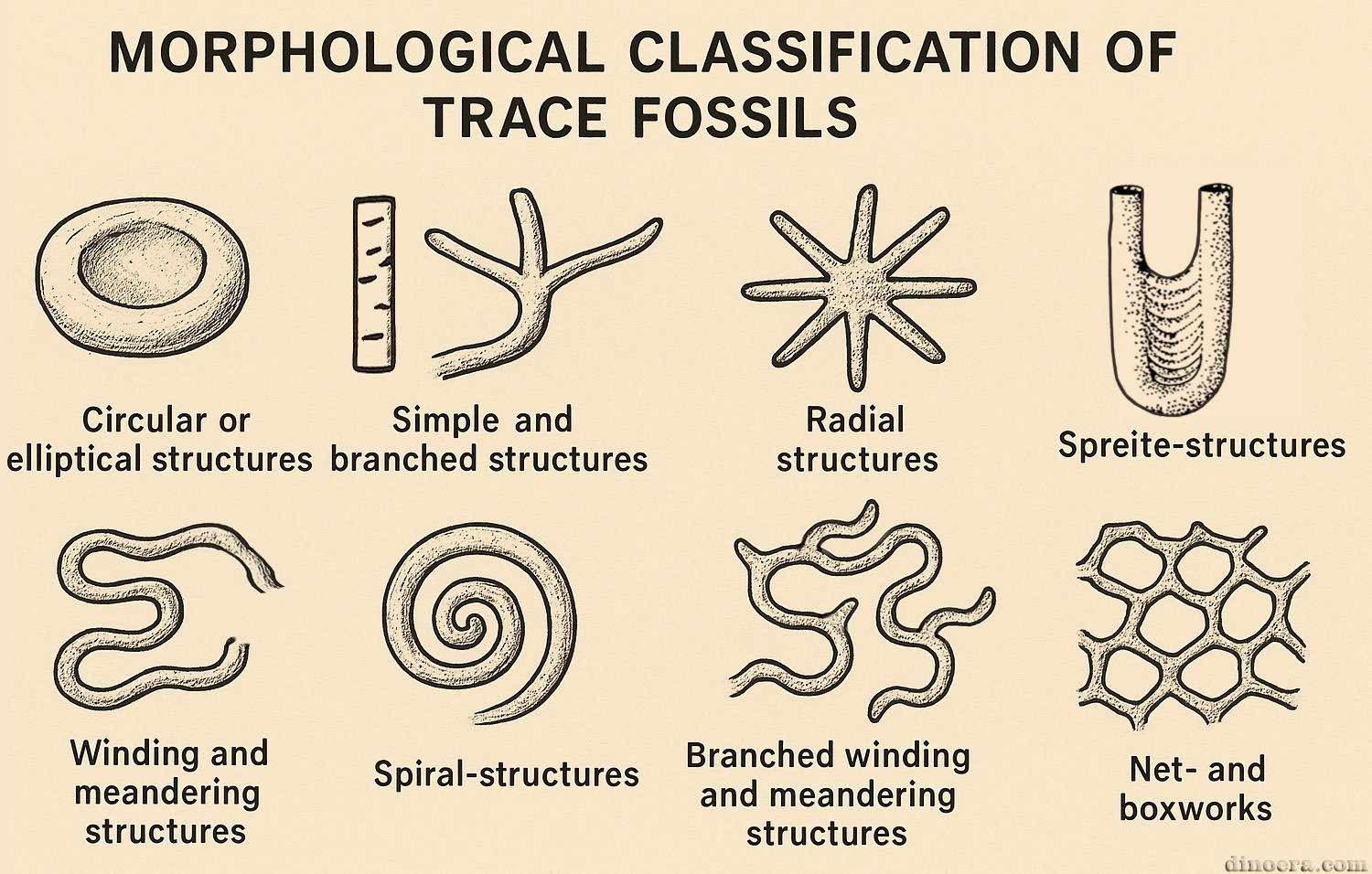
Trace fossils—preserved traces of ancient organisms—display an astonishing variety of forms. To understand this diversity, paleontologists use morphological classification of trace fossils, grouping structures according to their shape and geometry, rather than by the identity of the tracemakers. Ultimately, this approach provides insight into the behavior of the trace-making organisms and the conditions of the substrate where they lived.
Morphological classification of trace fossils relies exclusively on their morphological features, which creates clear boundaries between distinct groups—unlike ethological classification. For this reason, the main advantage of this approach lies in its objectivity, as it does not rely on interpretations of the behavior or anatomy of the trace-making organism.
However, this system also has its drawbacks. Different ichnotaxa may fall into the same group, reducing the precision of the classification. Conversely, due to varying degrees of preservation, some ichnogenera exhibit significant morphological diversity and can easily be assigned to different groups.
Morphological Features of Trace Fossils
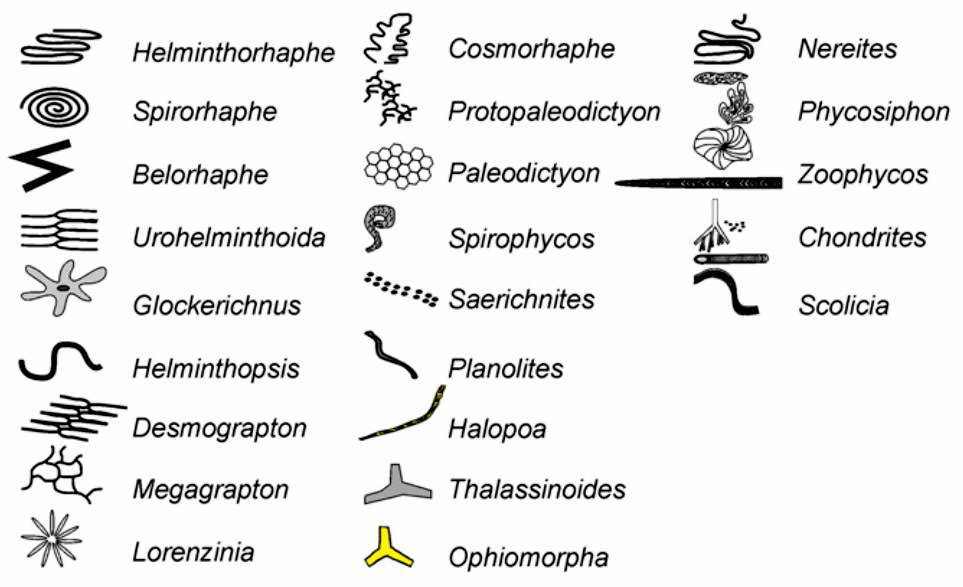
The morphology of trace fossils reflects both the behavior and anatomy of the trace-making organism. Key features used in the morphological classification of trace fossils include overall shape, size, orientation, and internal structure. Additionally, clues come from surface details such as scratch marks, ridges, or bioglyphs. The way the sediment is disturbed—through compression, displacement, or excavation—also plays a crucial role in ichnofossil identification.
History of the Morphological Classification of Trace Fossils
In 1977, M. Książkiewicz made the first attempts to establish a morphological classification of fossil traces. His work focused on fossilized footprints from flysch deposits in Poland and laid the foundation for recognizing the main morphological groups used in ichnology today.
Uchman (1998) critically reviewed certain aspects of Książkiewicz’s classification and introduced modifications to it.
Knaust (2012)6 proposed a new classification of major groups of trace fossils—such as burrows, bioerosional trace fossils, trackways, imprints, and trails—based on significant morphological features (ichnotaxobases).
Types in the Morphological Classification of Trace Fossils
The morphological classification of trace fossils divides ichnofossils into groups based on the shape and arrangement of their structures. These types range from simple circular forms to complex branching, meandering, and spiral patterns, reflecting diverse behaviors and environmental conditions.
Circular or Elliptical Structures
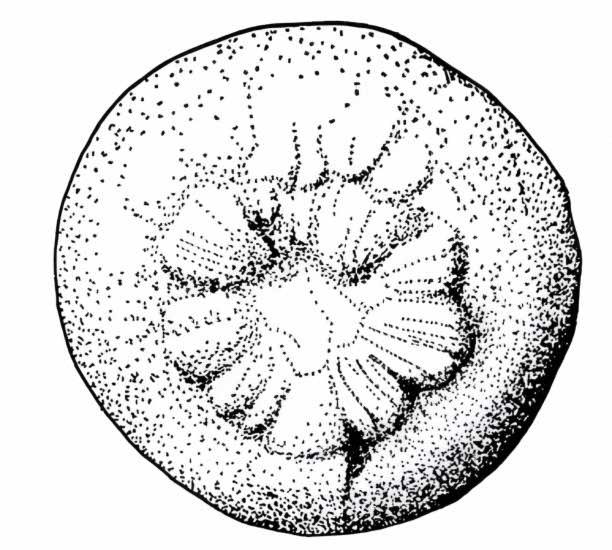
Circular or Elliptical Structures: Trace fossils with simple circular or oval outlines often appear as depressions (hypichnia) or ridges (epichnia) on bedding surfaces. These forms result from the organism’s activity shaping the sediment in a way that leaves behind distinct rounded impressions or raised features. They typically represent resting traces (Cubichnia) or shallow feeding spots.
Examples: Mammillichnis, Pararusophycus, and Traucumichnis. Conichnus and Bergaueria are classic ichnogenera in this group. Conichnus appears as cone-shaped impressions, often attributed to anemones, while Bergaueria consists of shallow, rounded pits left by stationary organisms.
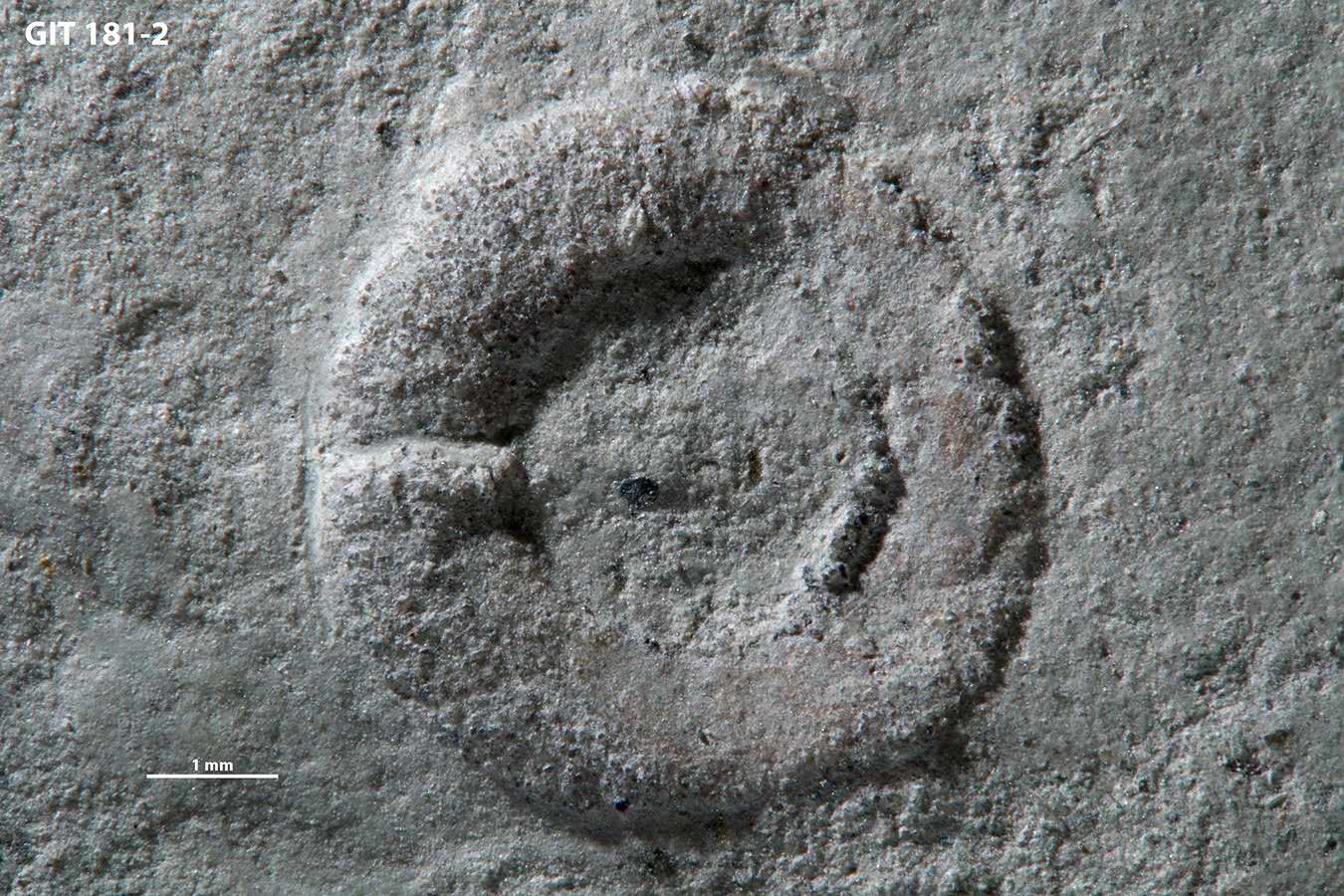
Circulichnis is a horizontal, cylindrical structure with smooth walls, forming a ring-shaped trace that is approximately circular or oval in outline. The trace has a diameter ranging from 23 to 53 mm, with a tunnel width of 1–9 mm. In some areas, short tangential branches extend outward from the main ring.
These traces appear as raised features on the underside of sedimentary layers (positive hyporeliefs). Researchers identify the structure as a feeding trace—classified as Fodinichnia—and suggest that worm-like organisms created it while burrowing through the substrate.
The ichnotaxon Circulichnis occurs in a wide range of facies, from deep- and shallow-marine environments to coastal and even non-marine settings. Its broad ecological distribution places it within the category of eurybathic ichnotaxa. The known temporal range spans from the Ordovician to the Paleocene.
Simple and Branched Structures
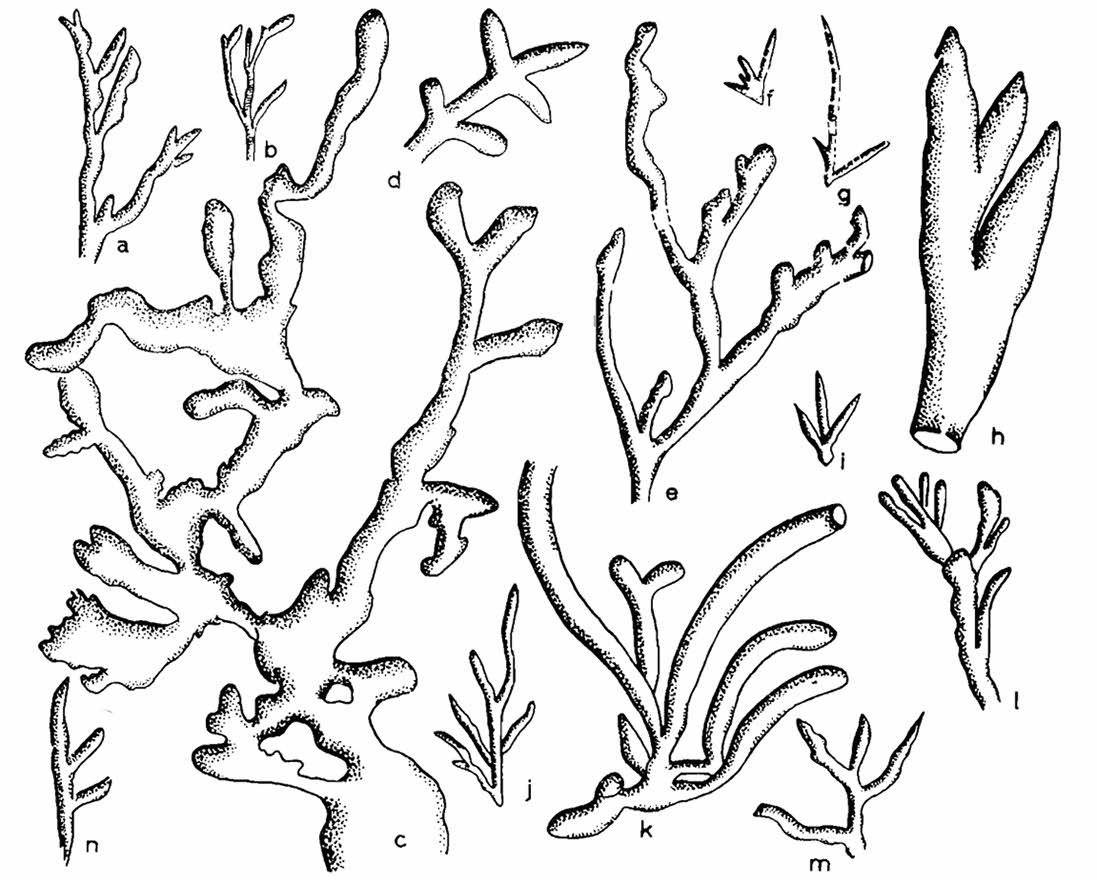
This group combines what Uchman (1998) called “simple” and “branched” forms. These are cylindrical burrows, straight or slightly curved, with smooth or ornamented walls (sometimes bearing striations or scratches from the animal’s appendages). Sculptural elements may reflect an internal segmentation of the burrow. They can be short or very long, without distinct endings. Furthermore, some branch irregularly, either horizontally or vertically, but without forming a tight network.
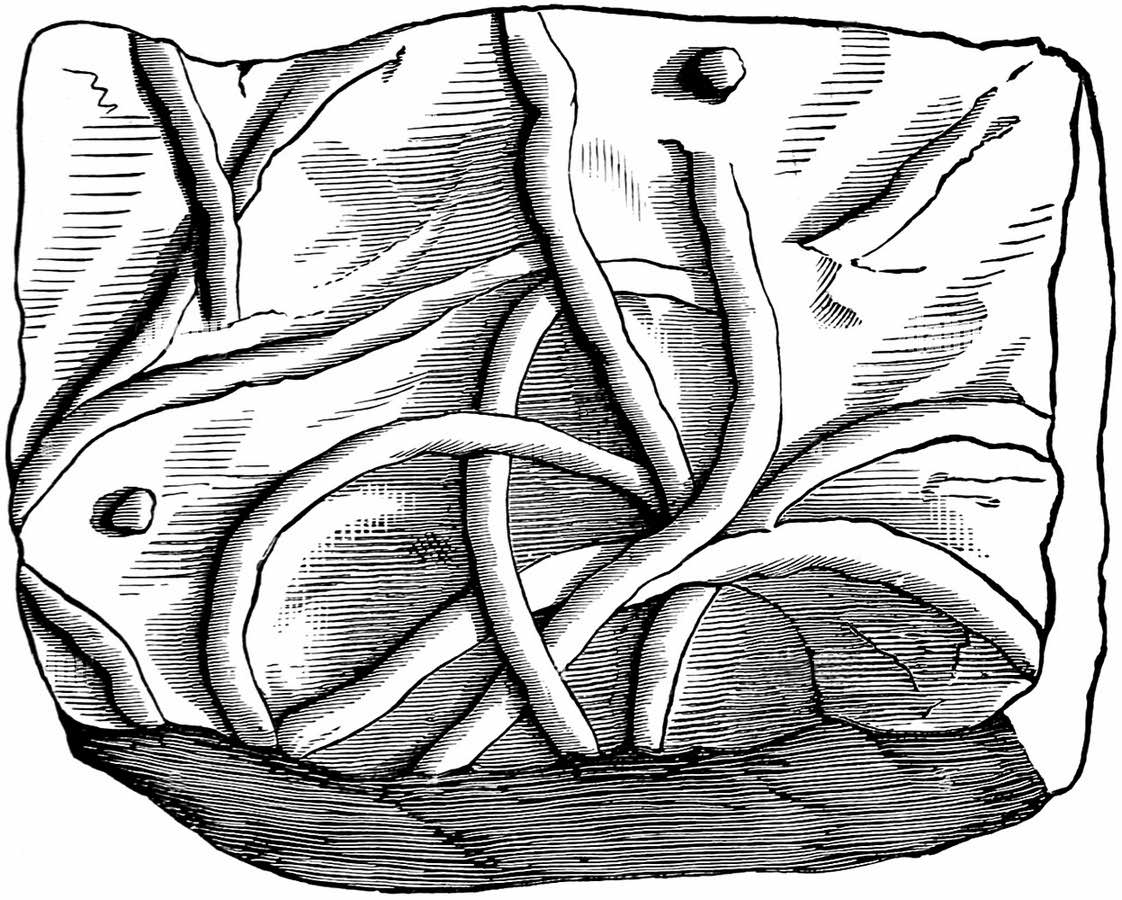
Examples: Arthrophycus, Buthotrephis (Bythotrephis), Fucusopsis, Granularia, Halymenidium, Keckia, Lophoctenium, Rhabdoglyphus, Sabularia, Scoyenia, Skolithos, Strobilorhaphe, and Taenidium. Planolites represents a simple, unbranched burrow—straight tunnels, sometimes slightly curved. For instance, they are usually horizontal and may intersect with each other. Meanwhile, a branched variant might be Chondrites, which create delicate, root-like patterns branching downward into the sediment. However, although individual tunnel segments are generally straight, Chondrites as a whole represent a three-dimensional system of branched cylindrical tunnels.
Radial Structures
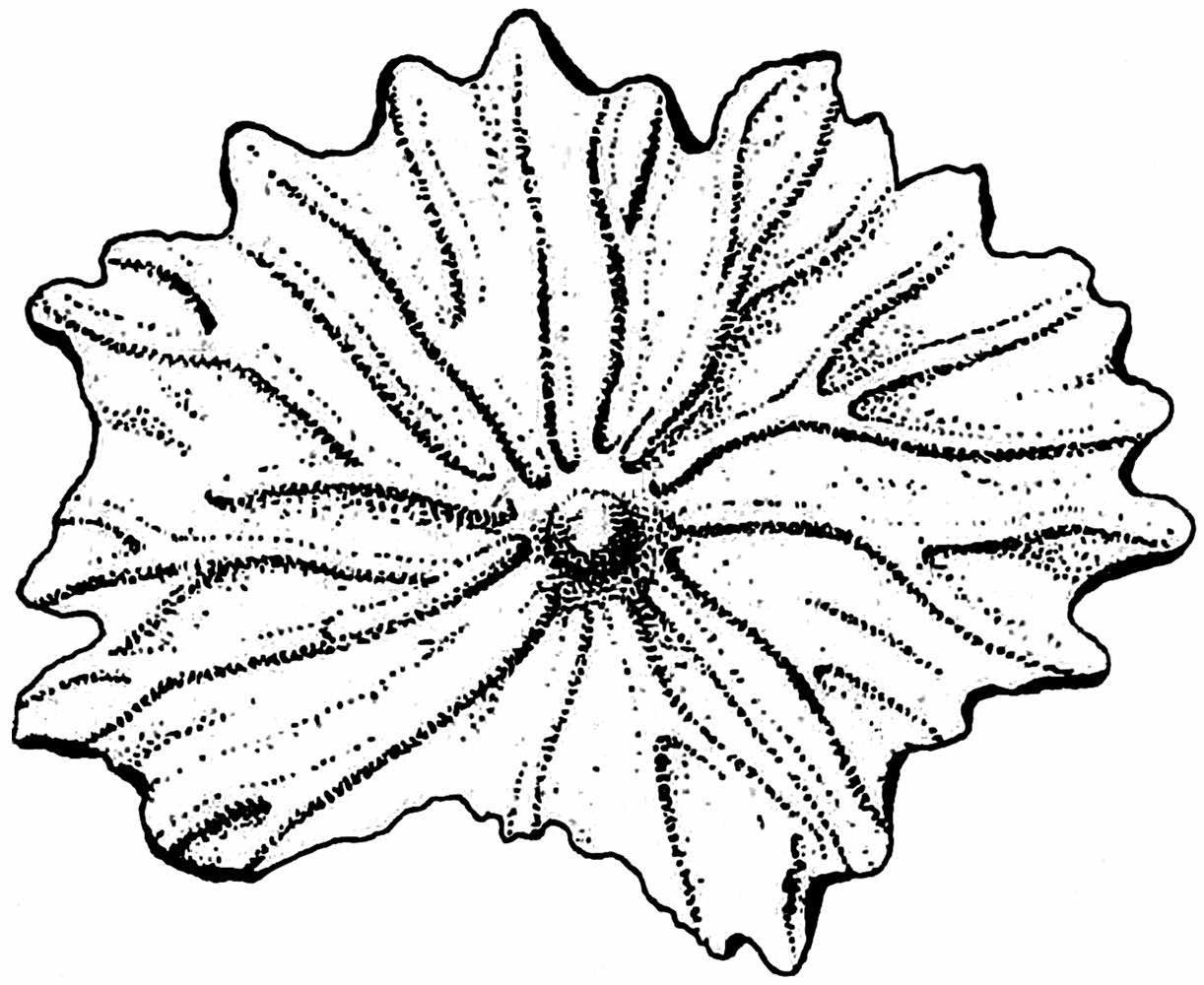
Imagine a starburst or a daisy etched into the seafloor—that’s a radial trace fossil. These “rosette-like” forms radiate from a central point, often where the organism anchored itself. However, they may appear as positive or negative relief, depending on preservation. In the classification of Seilacher, all stellate traces belong to feeding burrows (Fodinichnia).
Example: Asterichnus, Asterosoma, Capodistria, Fascisichnium, Glockeria, Gyrophyllites, Lorenzinia, and Sublorenzinia. In this group, Asteriacites are a well-known ichnogenera of this type, often attributed to the resting impressions of brittle stars.
Spreite Structures
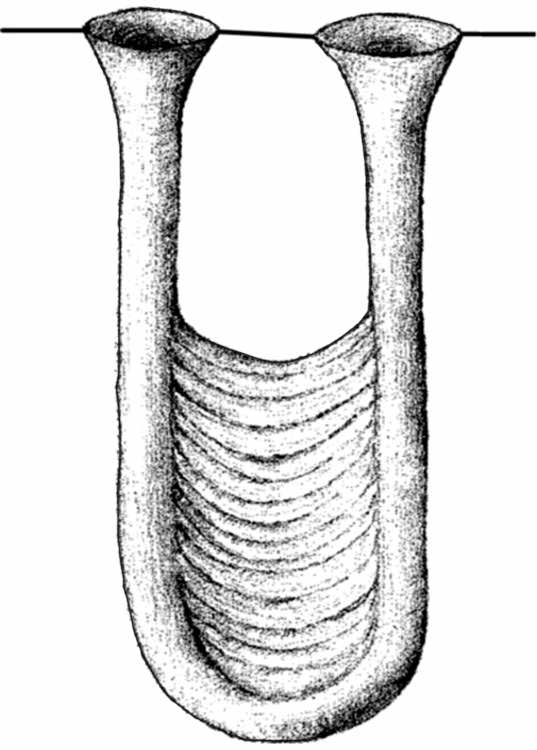
The term “spreite” refers to repeated, curved laminae formed when an organism systematically shifted its position as it burrowed. Nevertheless, although Książkiewicz (1977) emphasized horizontal or corkscrew patterns, vertical spreite structures also occur. These traces reflect methodical feeding behavior—think of a miner excavating layer by layer.
Examples: Anemonichnus, Phycosiphon, and Zoophycos. Rhizocorallium is a textbook case, showing U-shaped burrows with spreite between the arms. Diplocraterion represents a vertical version, like a double-ended tube with spreite inside.
Winding and Meandering Structures
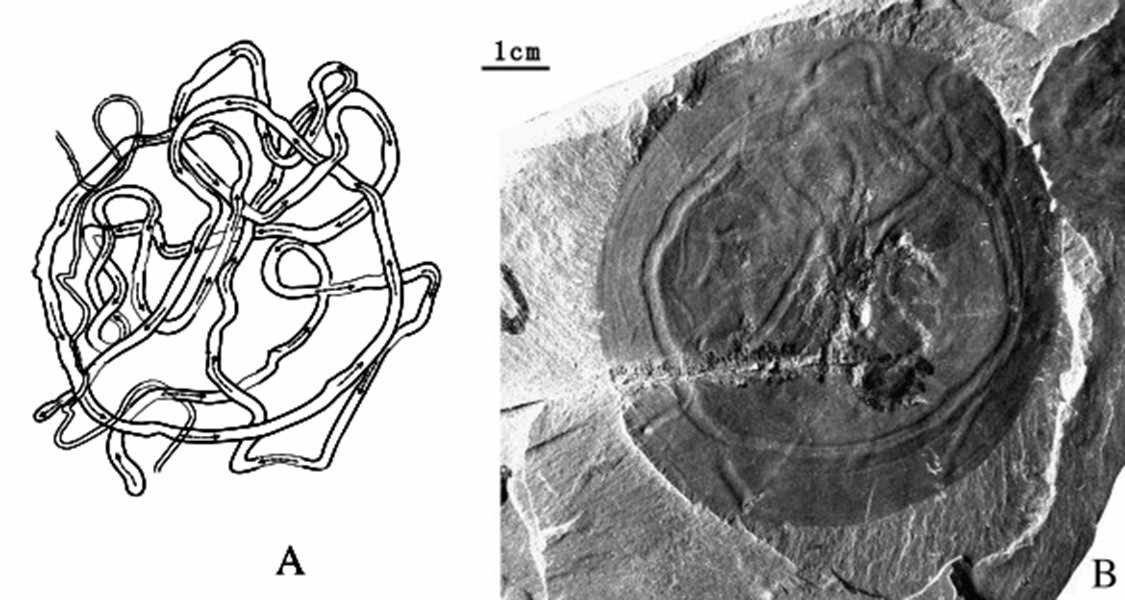
Separating “winding” from “meandering” is tricky, so paleontologists often group them (Uchman, 1995). This is because these traces snake across bedding planes in wide curves (winding) or tighter loops that may touch each other (meandering), reflecting the search for food across a soft substrate. Their meandering may be zigzag or sinusoidal or may not have a regular pattern. Still, the manner and degree of winding are variable. Most of the ichnogenera in this group can be attributed to Pascichnia (feeding traces) and some to Repichnia, but for several the interpretation is ambiguous.
Examples: Cochlichnus, Cosmorhaphe, Gordia, Gyrochorte, Helicolithus, Helicorhaphe, Helminthoida, Paleomeandron, Psammichnites, Scolicia, and Subphyllochorda. In fact, Helminthopsis and Nereites illustrate these patterns—long, looping trails left by invertebrates grazing on organic matter.
Spiral Structures
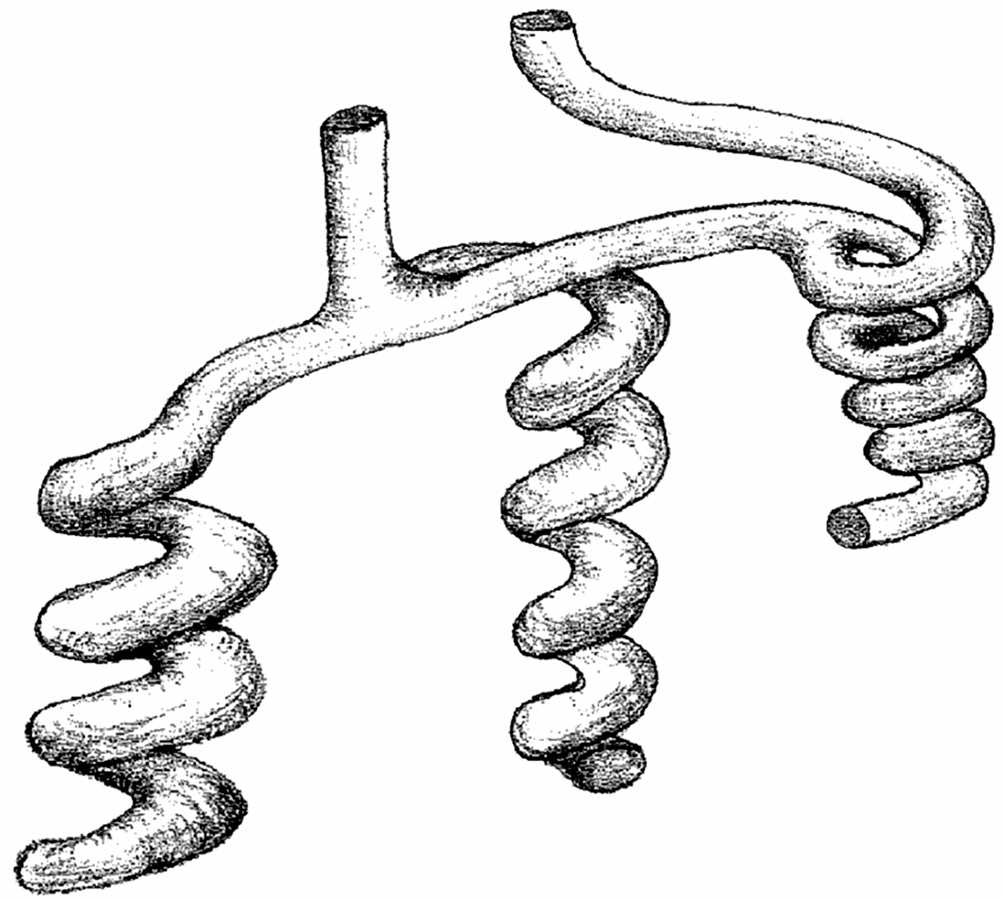
Here we find traces that coil like a shell—planispiral, vertical, or even three-dimensional helices. These structures may result from organisms drilling downward in a spiral motion, perhaps to stabilize themselves or follow a nutrient gradient.
Examples: Daimonelix, Eatonichnus, Spirophycus, Spirorhaphe, and Xenohelix. Gyrolithes is a classic spiral ichnogenus, displaying graceful, corkscrew-like burrows.
Branched Winding and Meandering Structures
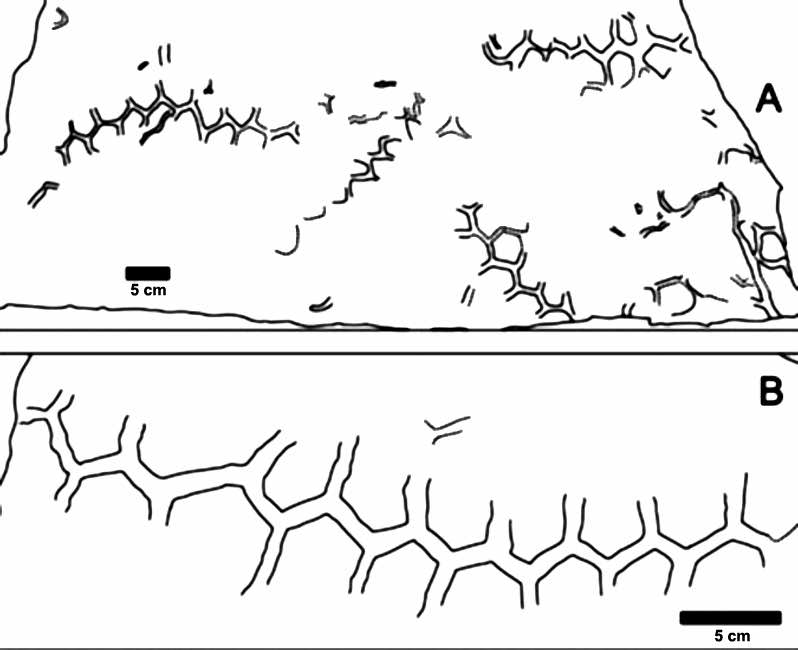
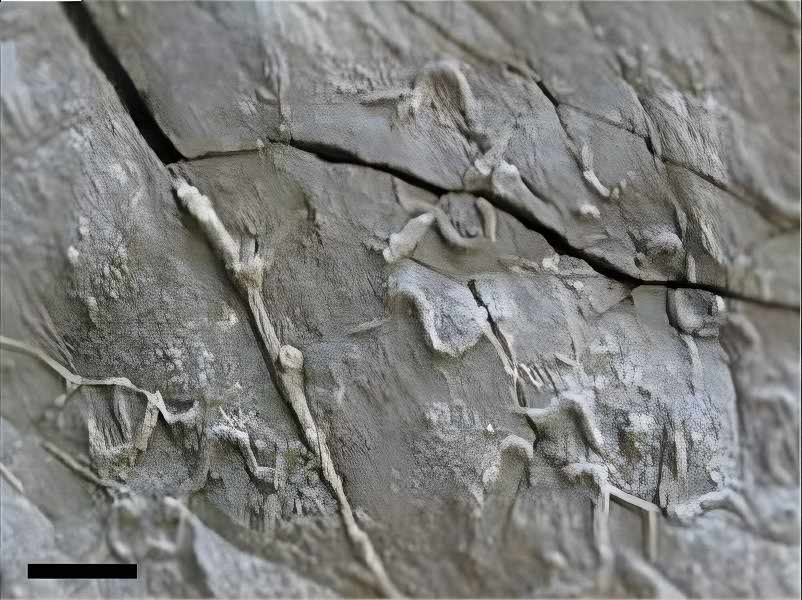
Sometimes, those winding and meandering burrows sprout short or long branches or side appendages. However, the connections are usually irregular and don’t form a true network—more like exploratory side trips from the main tunnel. Additionally, Książkiewicz (1977) considered these hypichnial (on the underside of beds), but other occurrences are possible. Such traces are mainly created by organisms that intensively process the substrate in search of nutrients, and therefore paleontologists consider them pascichnia—a category of feeding traces.
Examples: Acanthorhaphe, Belorhaphe, and Urohelminthoida. For instance, Protopaleodictyon shows a tendency toward branching, though not as organized as a true network.
Net and Boxworks
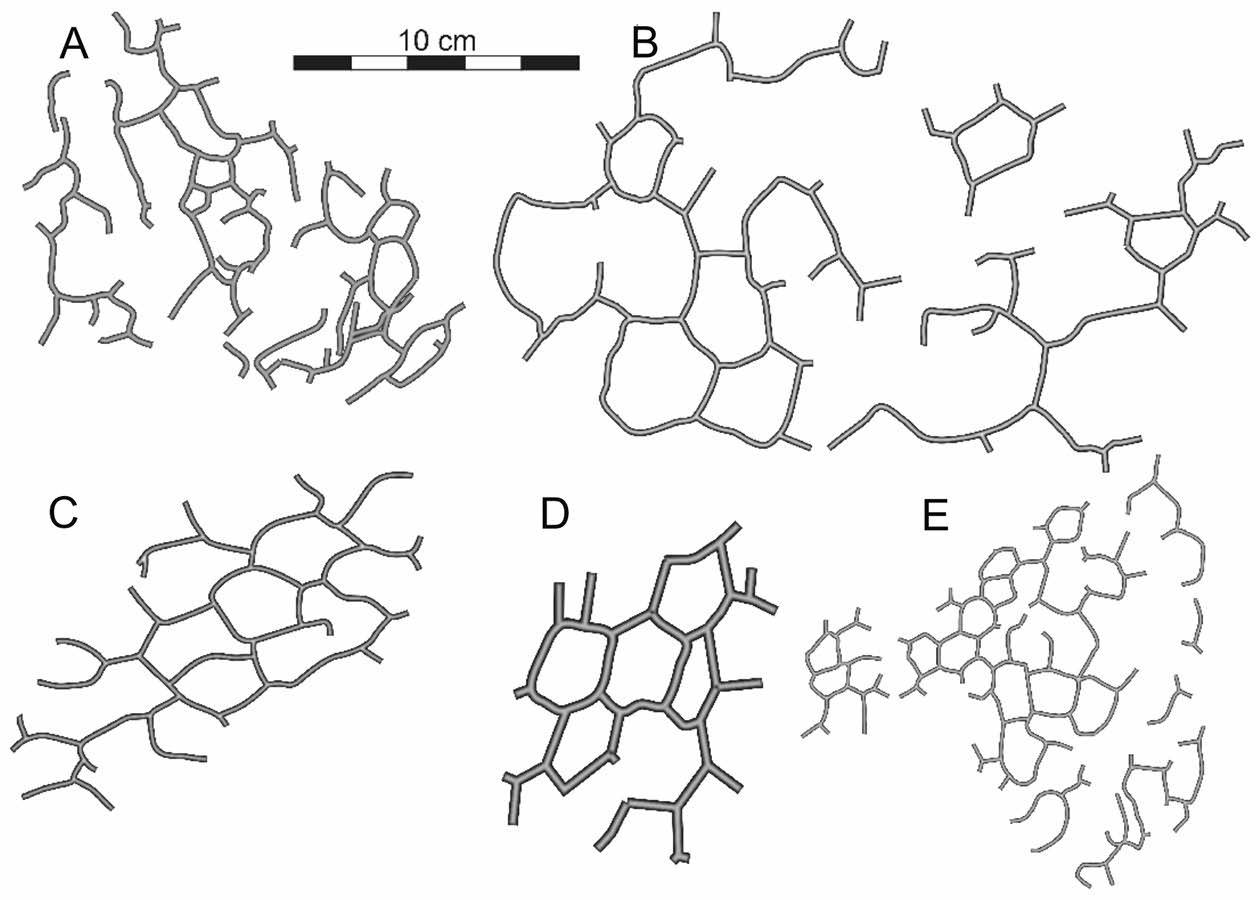
At the most complex end of the spectrum are trace fossils forming networks or boxworks, where branches interconnect in two or three dimensions. Ultimately, these may represent advanced feeding systems or trapping structures for microorganisms.
Examples: Desmograpton, Megagrapton, Thalassinoides. Paleodictyon is iconic—delicate honeycomb-like patterns etched into ancient seafloors, famously discussed in deep-sea research. Three-dimensional examples appear in Cladichnus.
Conclusion
The classification of trace fossils using toponomic and morphological systems offers complementary perspectives on ichnofossil interpretation.
For example, toponomic classification emphasizes the spatial position of traces within sedimentary layers, providing clues to depositional settings and post-depositional processes. In contrast, morphological classification focuses on form and structure, revealing behavioral patterns and interactions with the substrate. Together, these approaches allow paleontologists not only to organize ichnofossils systematically but also to reconstruct ancient environments and the activities of their inhabitants with greater precision.
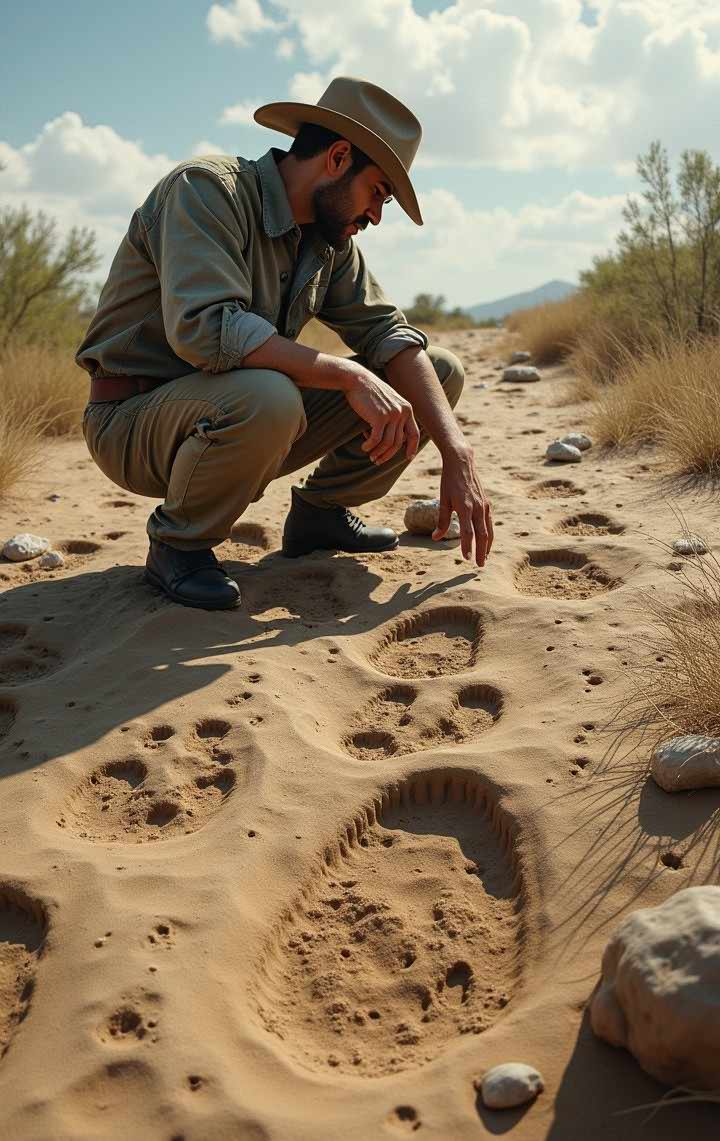
- Svarda, C.E., 2007. Taphonomy of trace fossils. In: Miller III, W. (Ed.), Trace Fossils: Concepts, Problems, Prospects. Elsevier, Amsterdam, The Netherlands. ↩︎
- Martinsson, A., 1970. Toponomy of trace fossils. In: Crimes, T.P., Harper, J.C. (Eds.), Trace fossils: Geological Journal Special Issue, 3. ↩︎
- Radek Mikuláš et al., 2017. A Carboniferous chiton (Mollusca, Polyplacophora) at the end of its trail: a unique find from the Czech Republic. ↩︎
- Scott Simpson. Classification of trace fossils. Department of Geology, University of Exeter. Exeter, England. ↩︎
- Chamberlain, C. K. 1971: Morphology and ethology of trace fossils from the Ouachita Mountains, southeast Oklahoma. J. Paleont. 45. ↩︎
- D. Knaust & R. Bromley (eds). 2012. Trace Fossils as Indicators of Sedimentary Environments. Developments in Sedimentology, vol. 64. ↩︎












